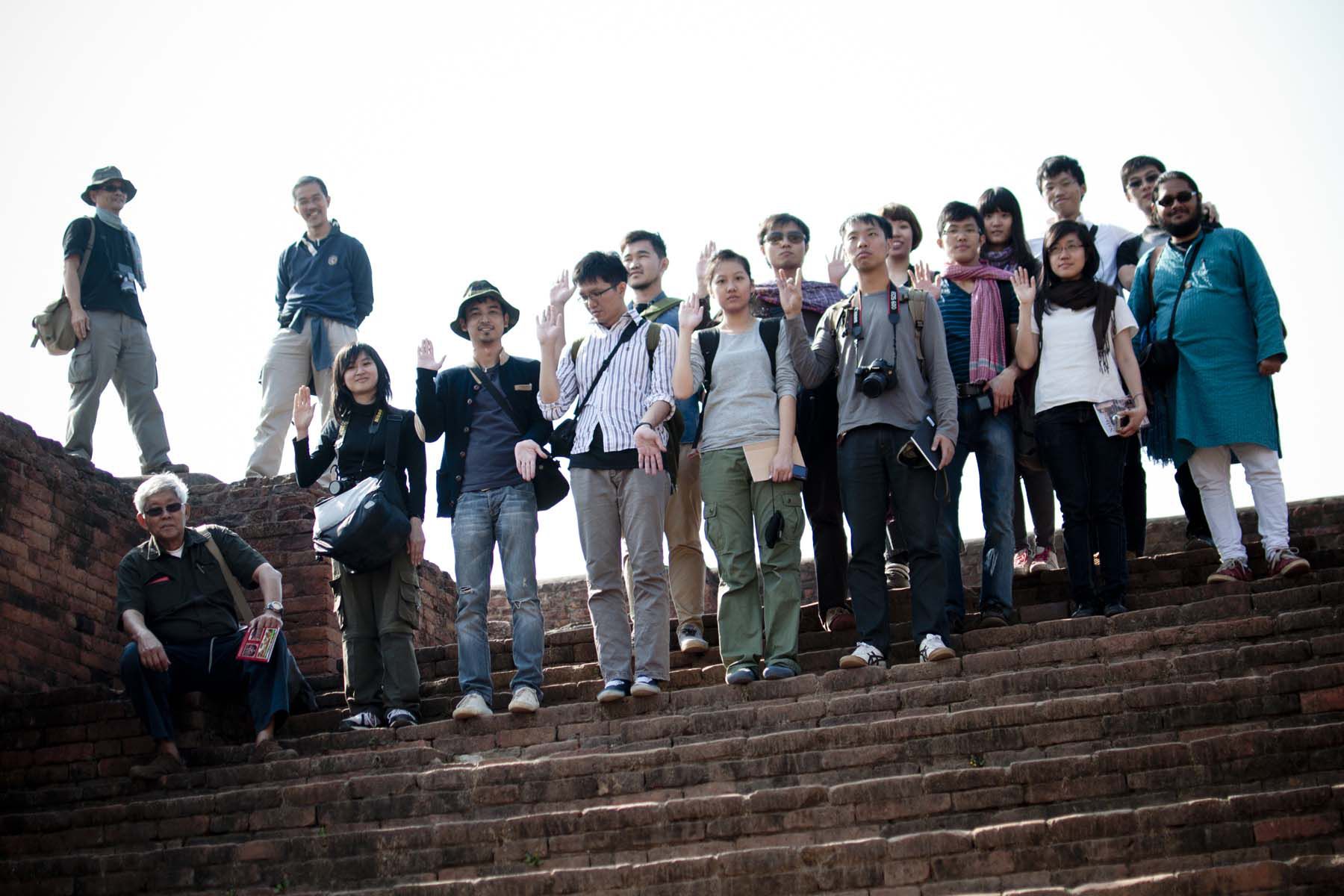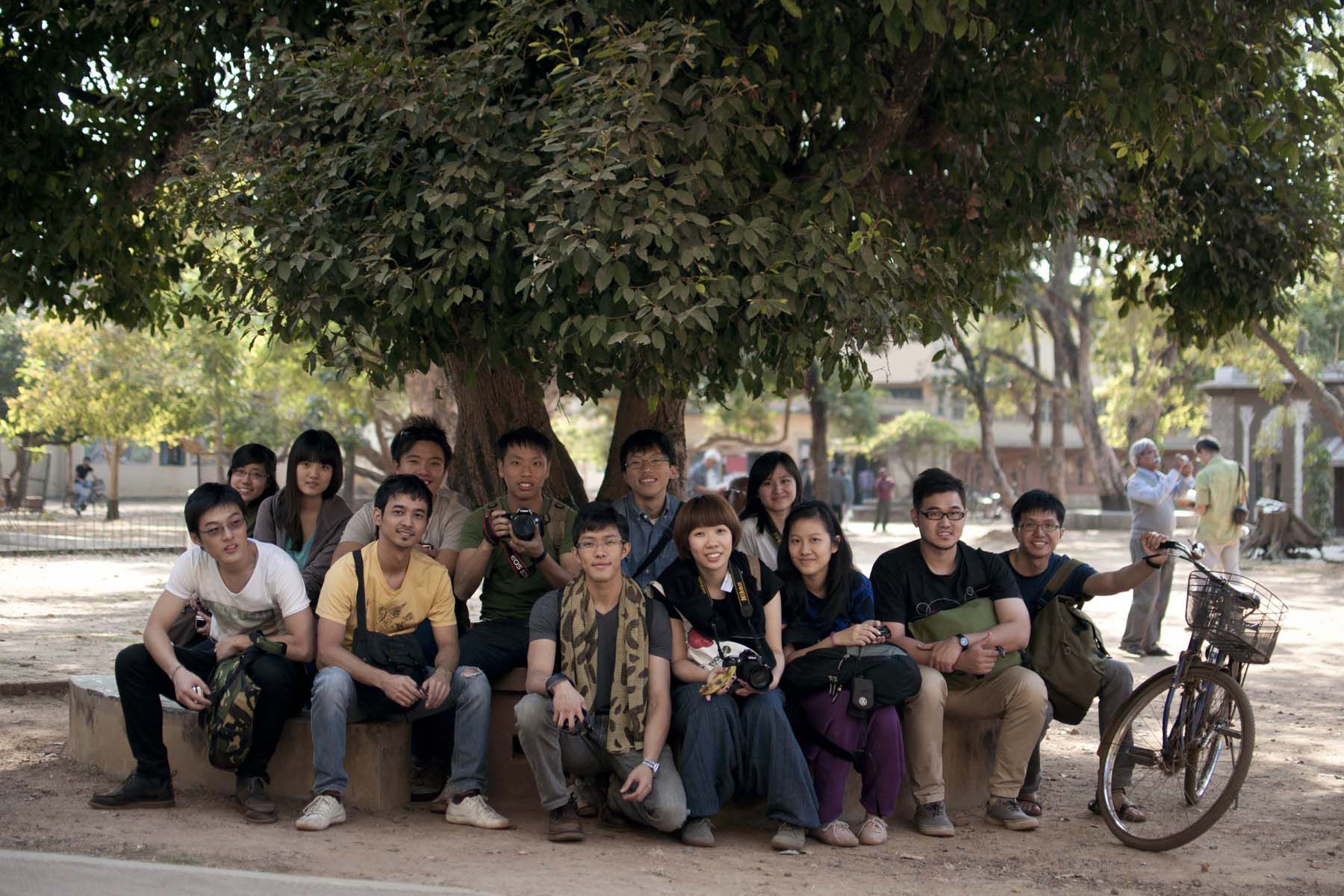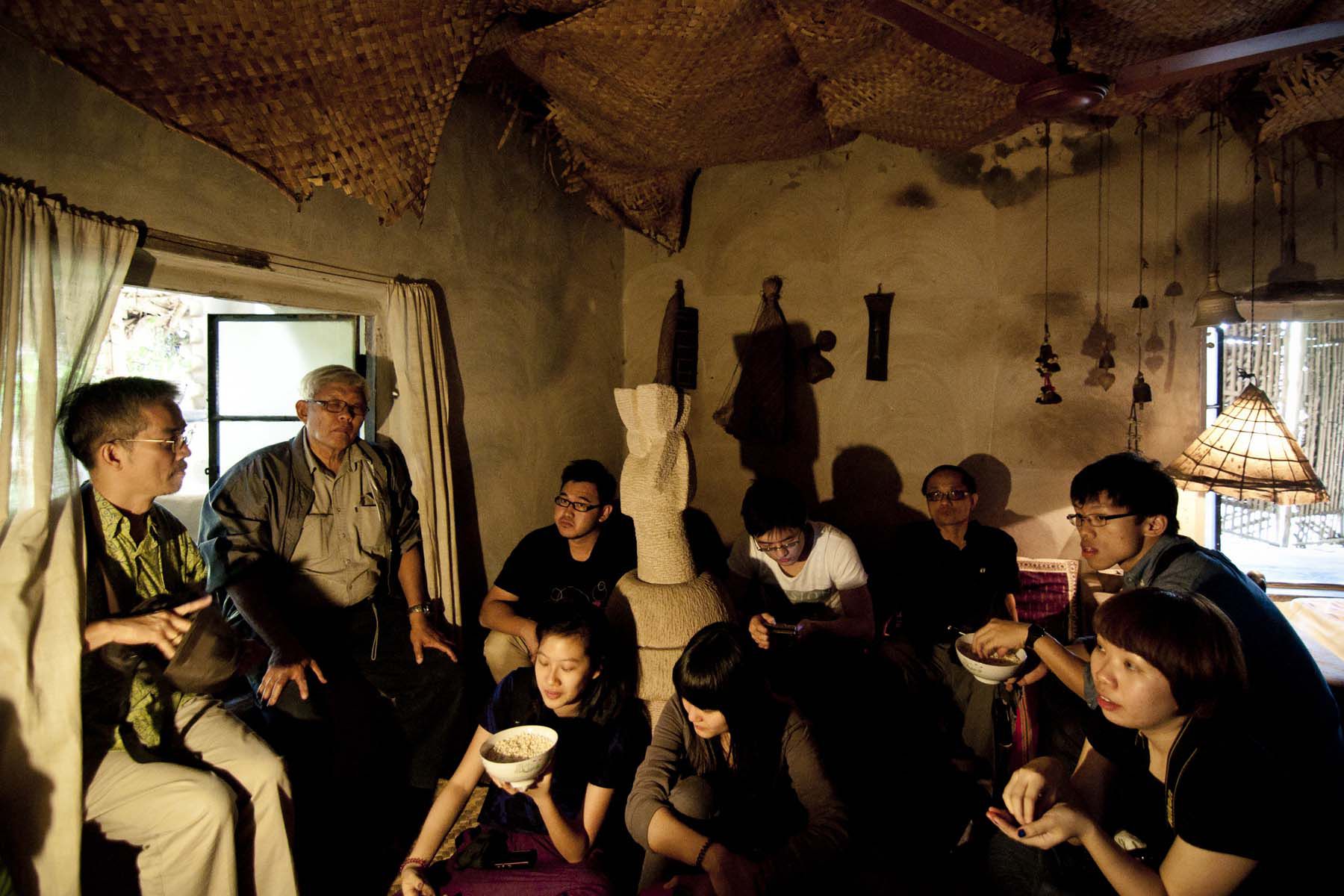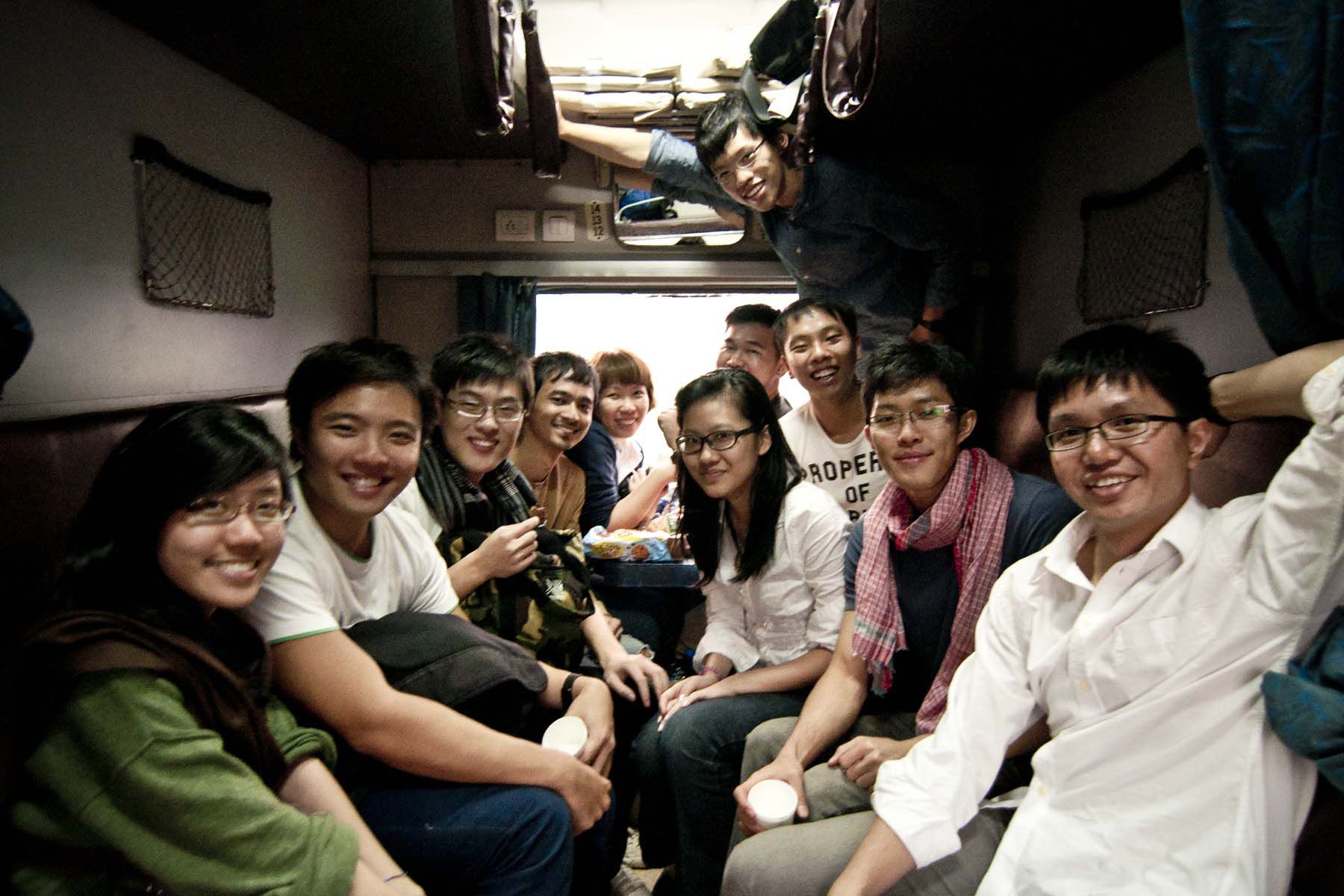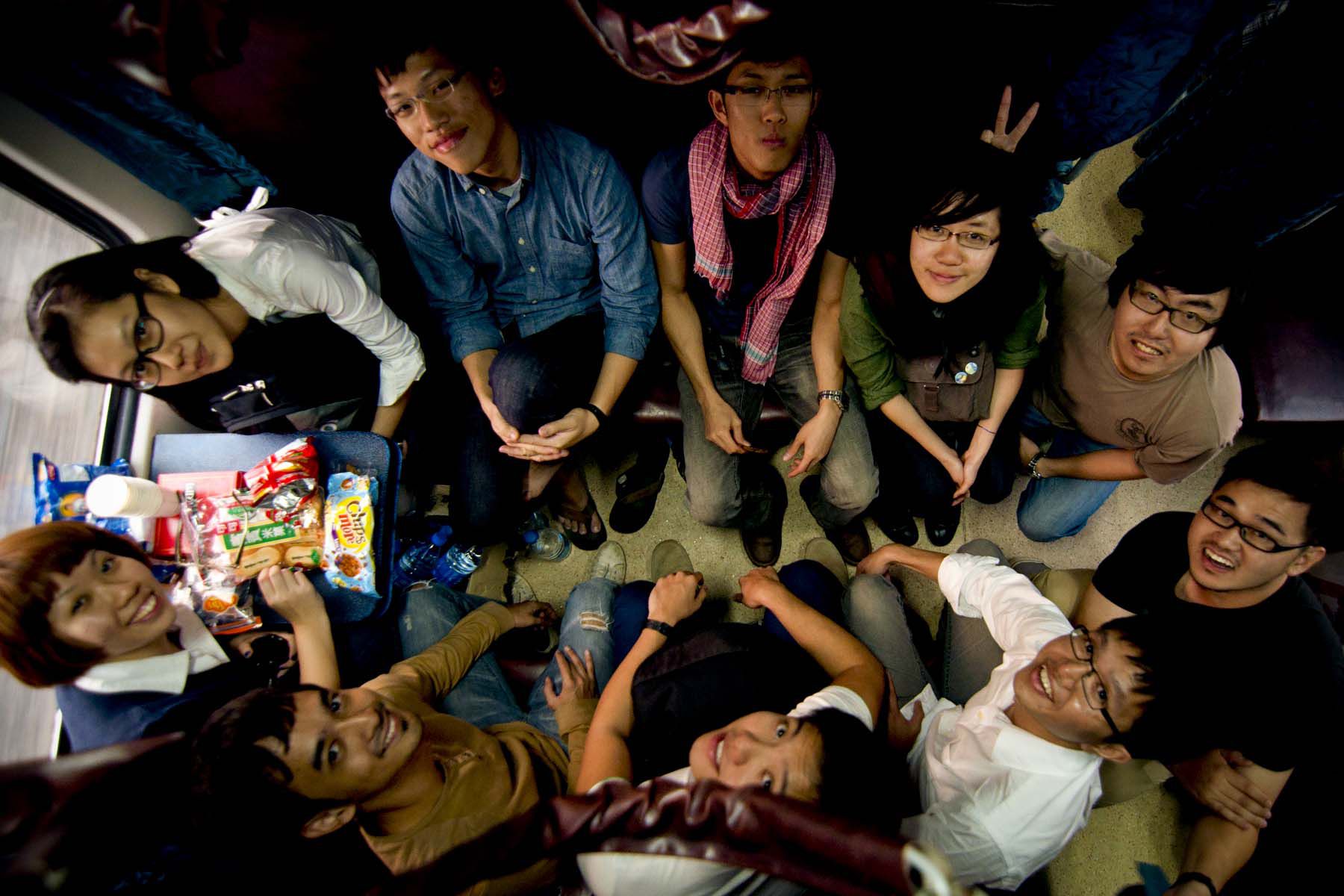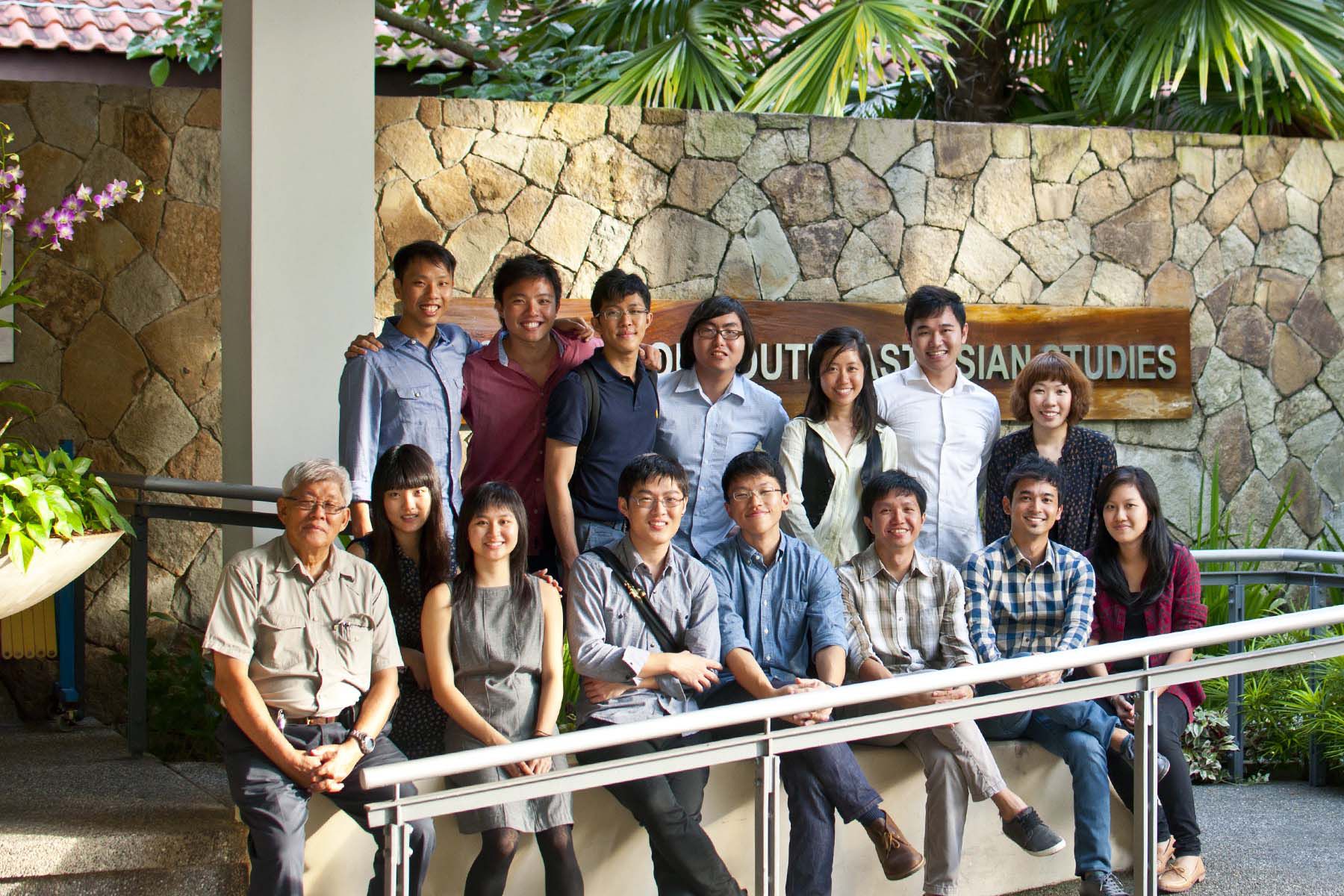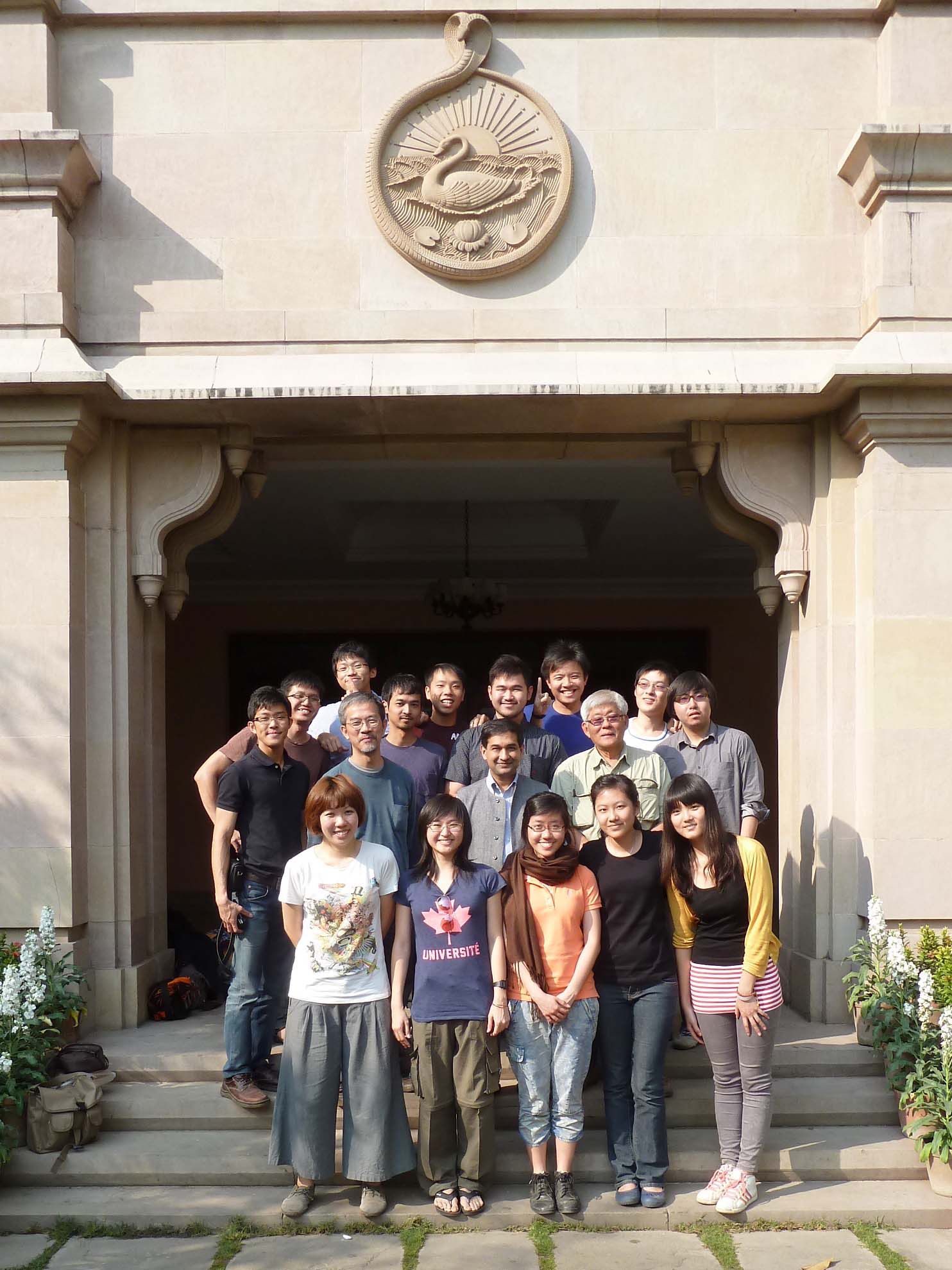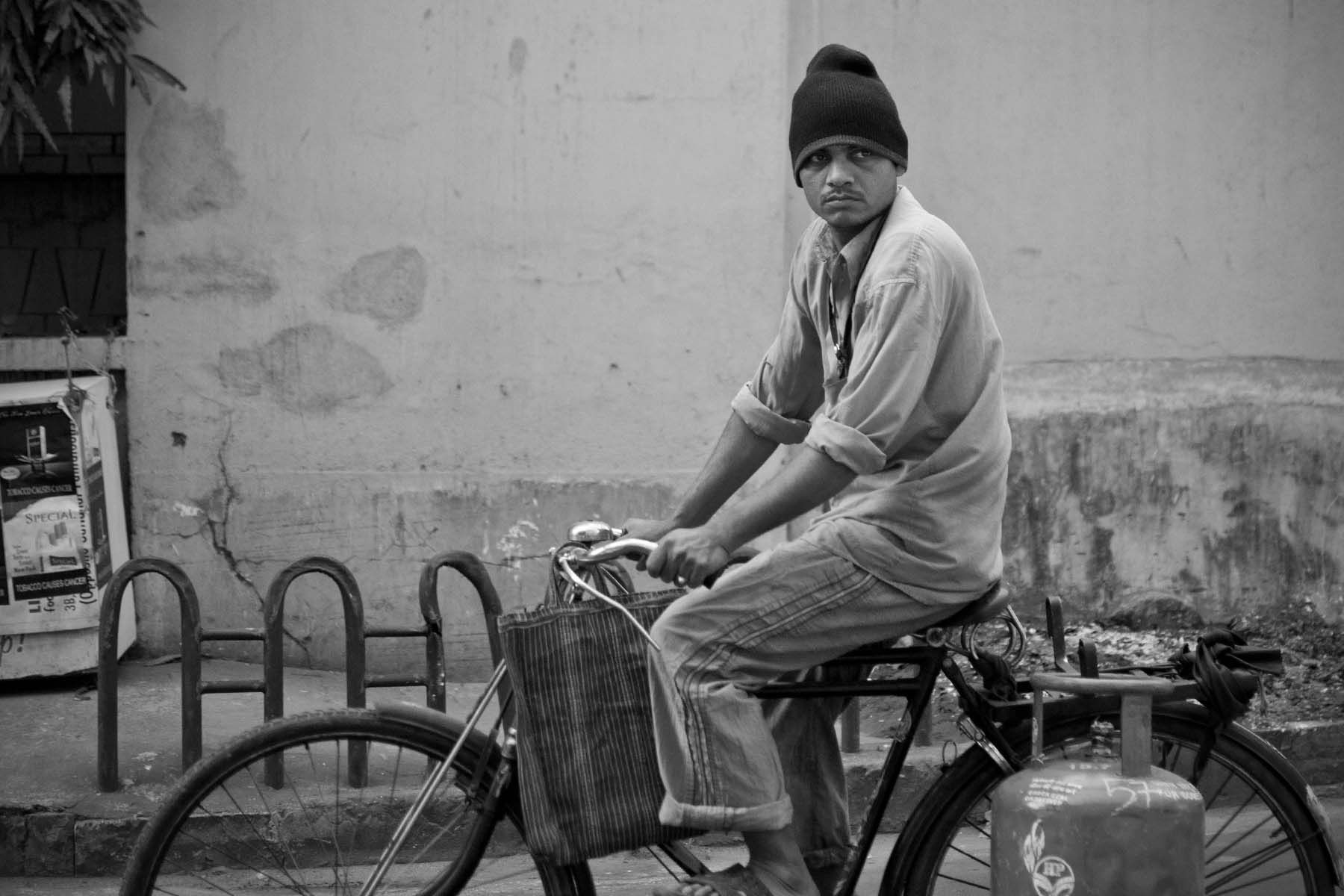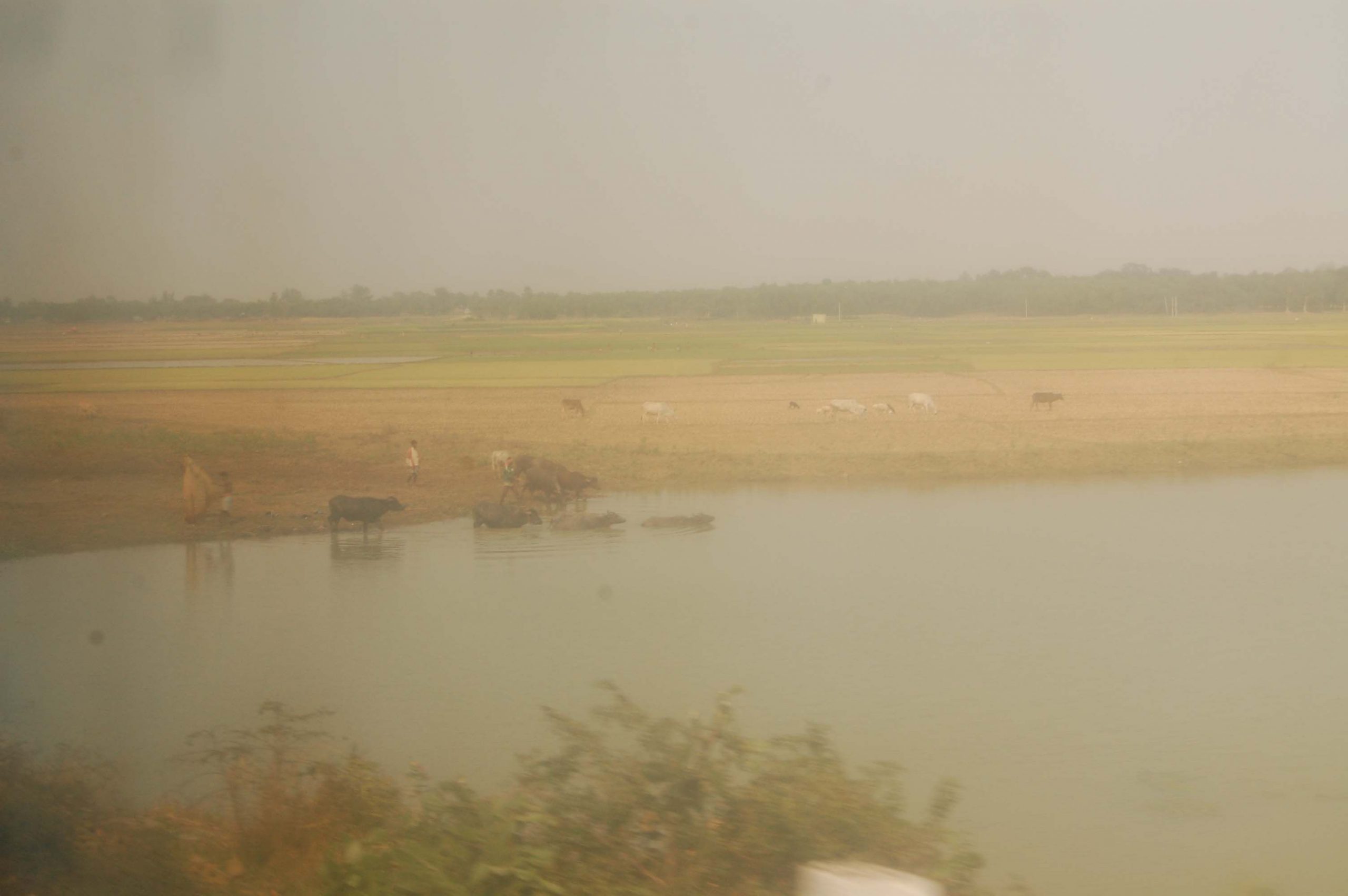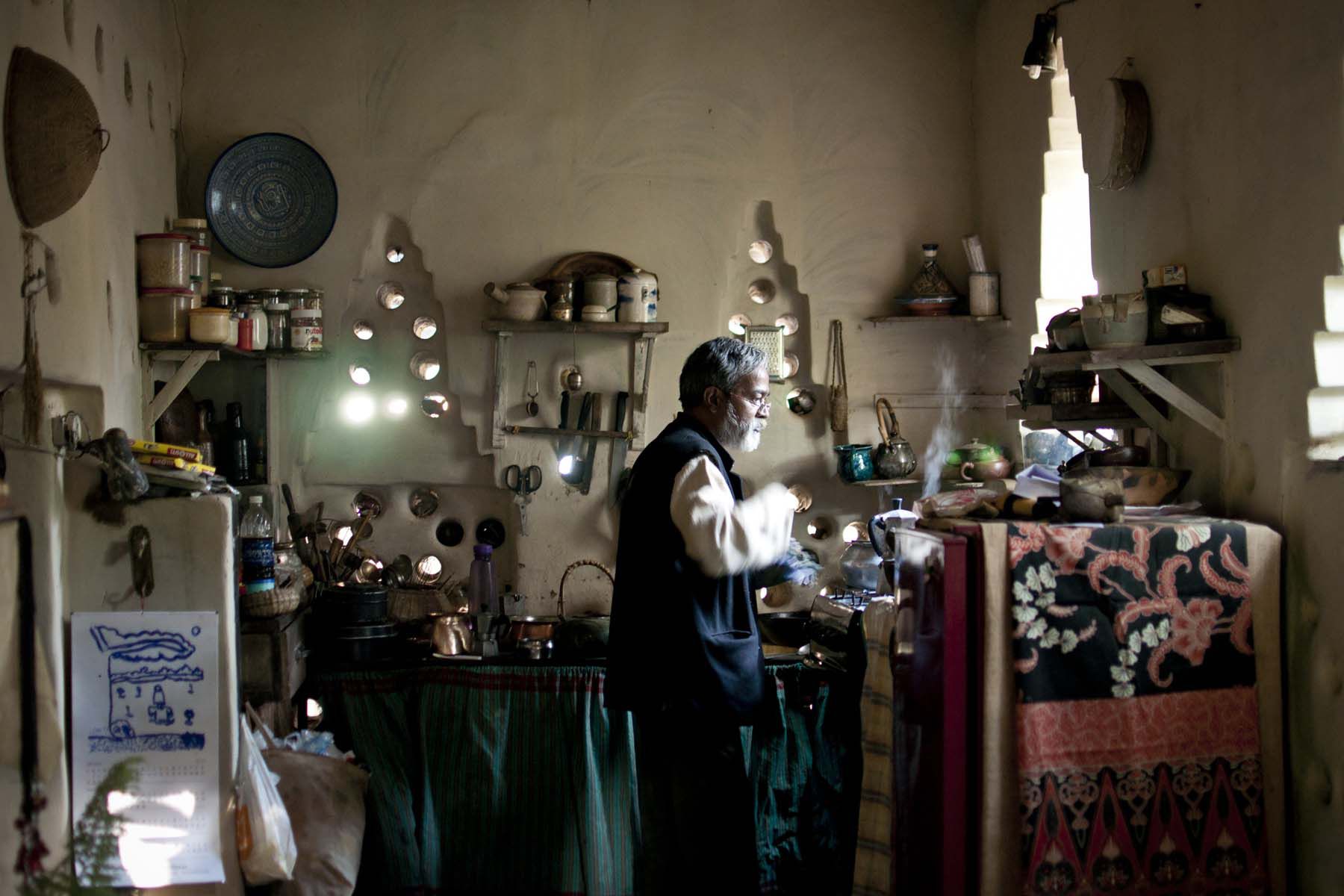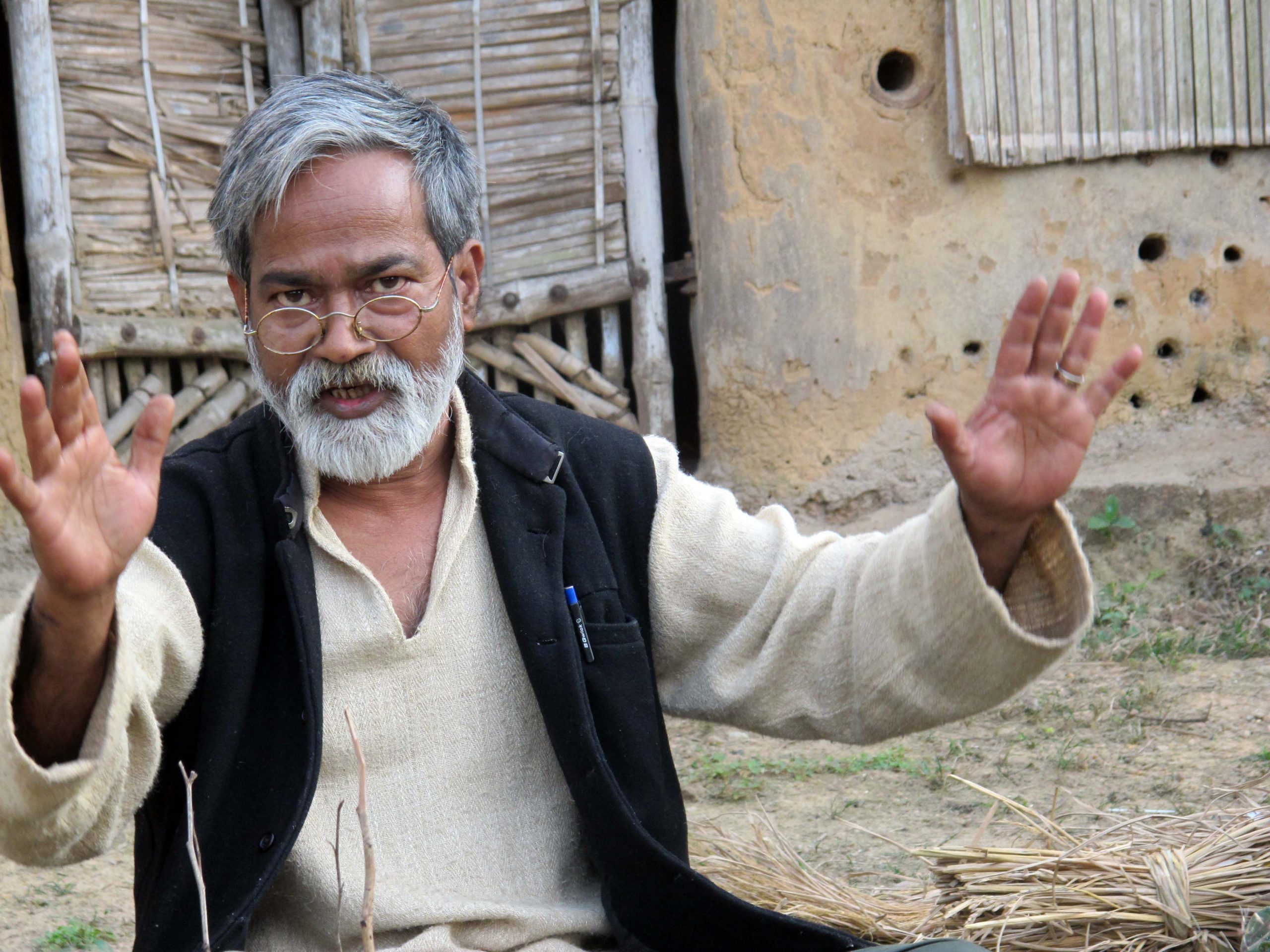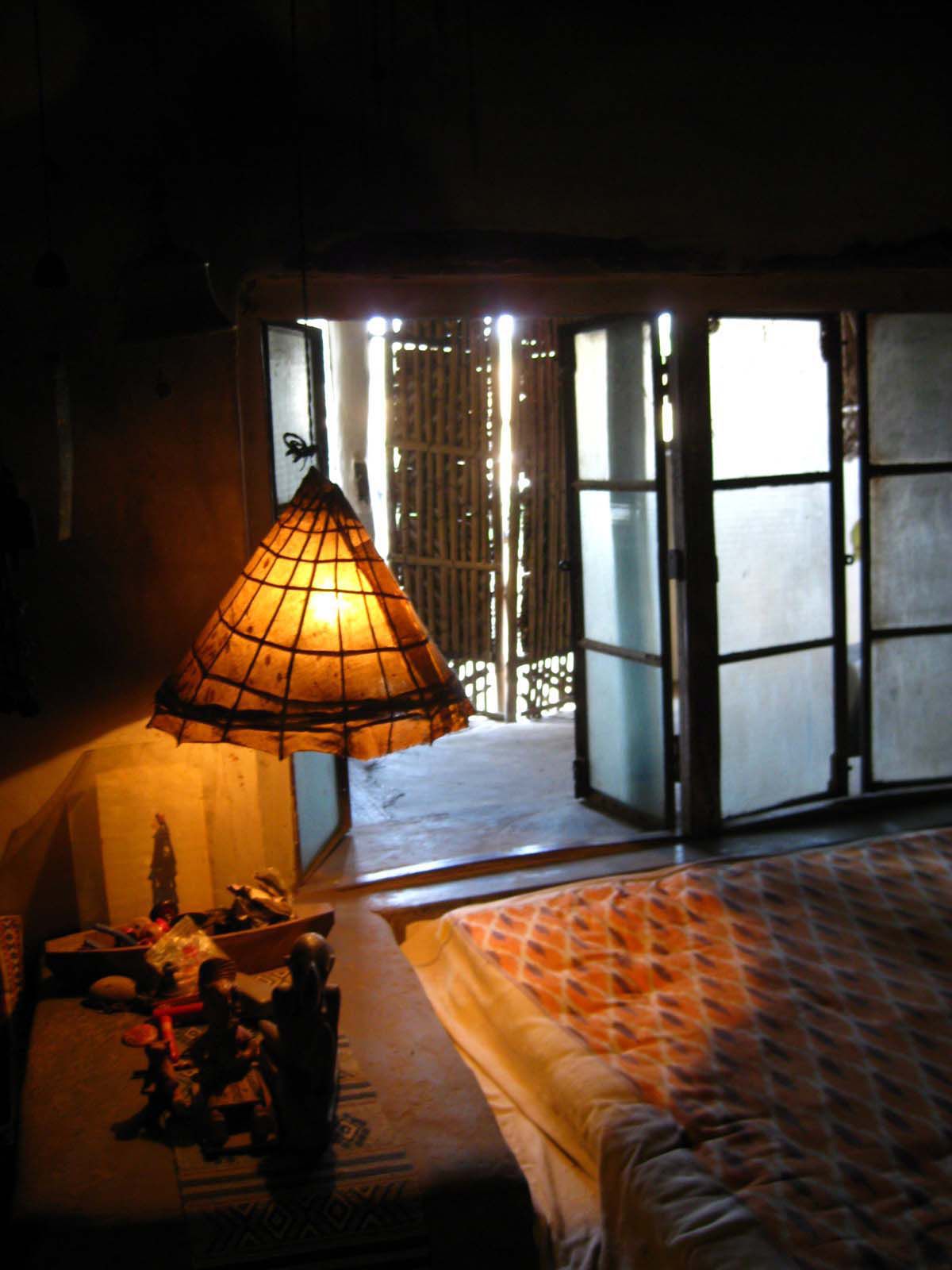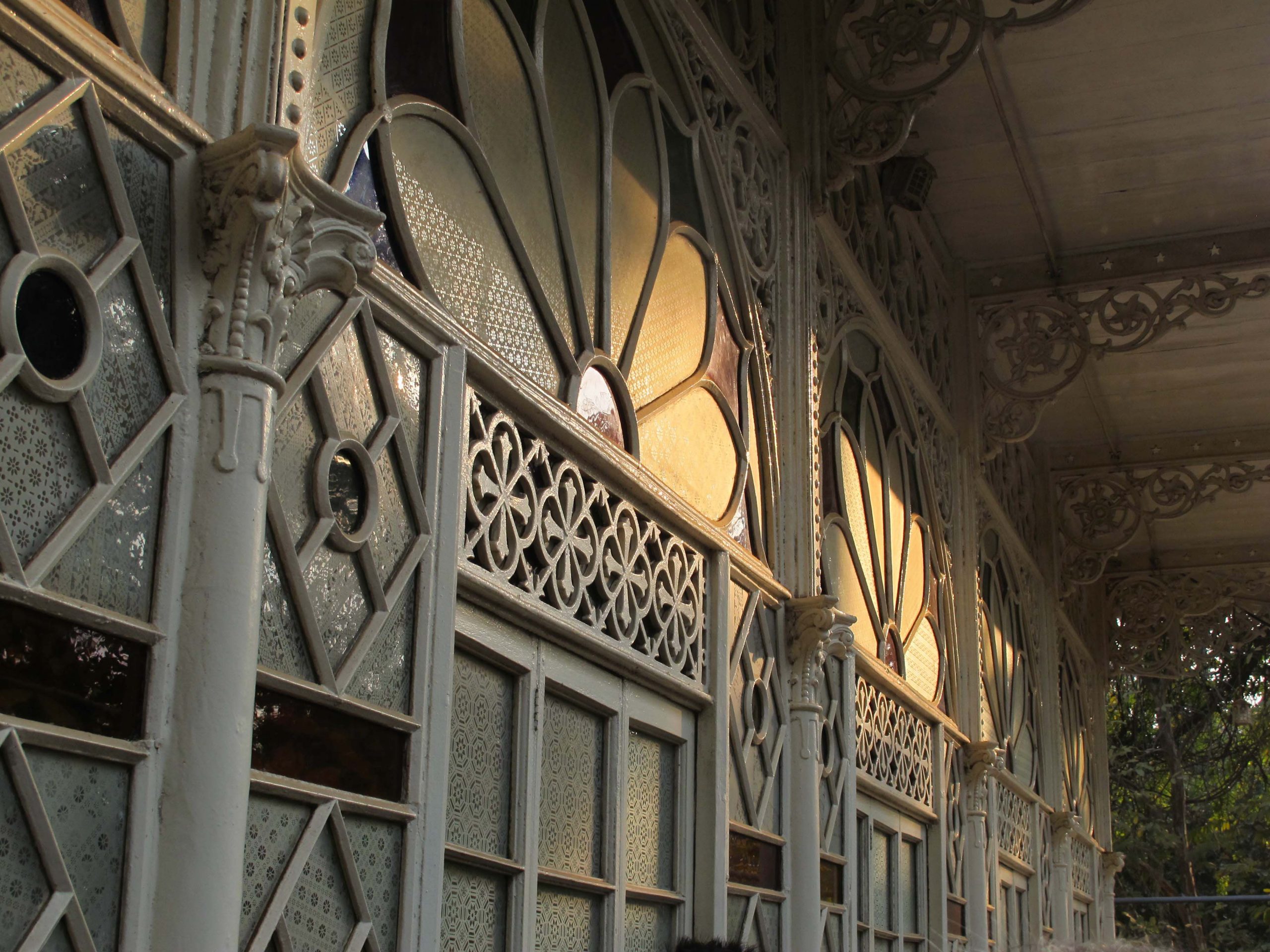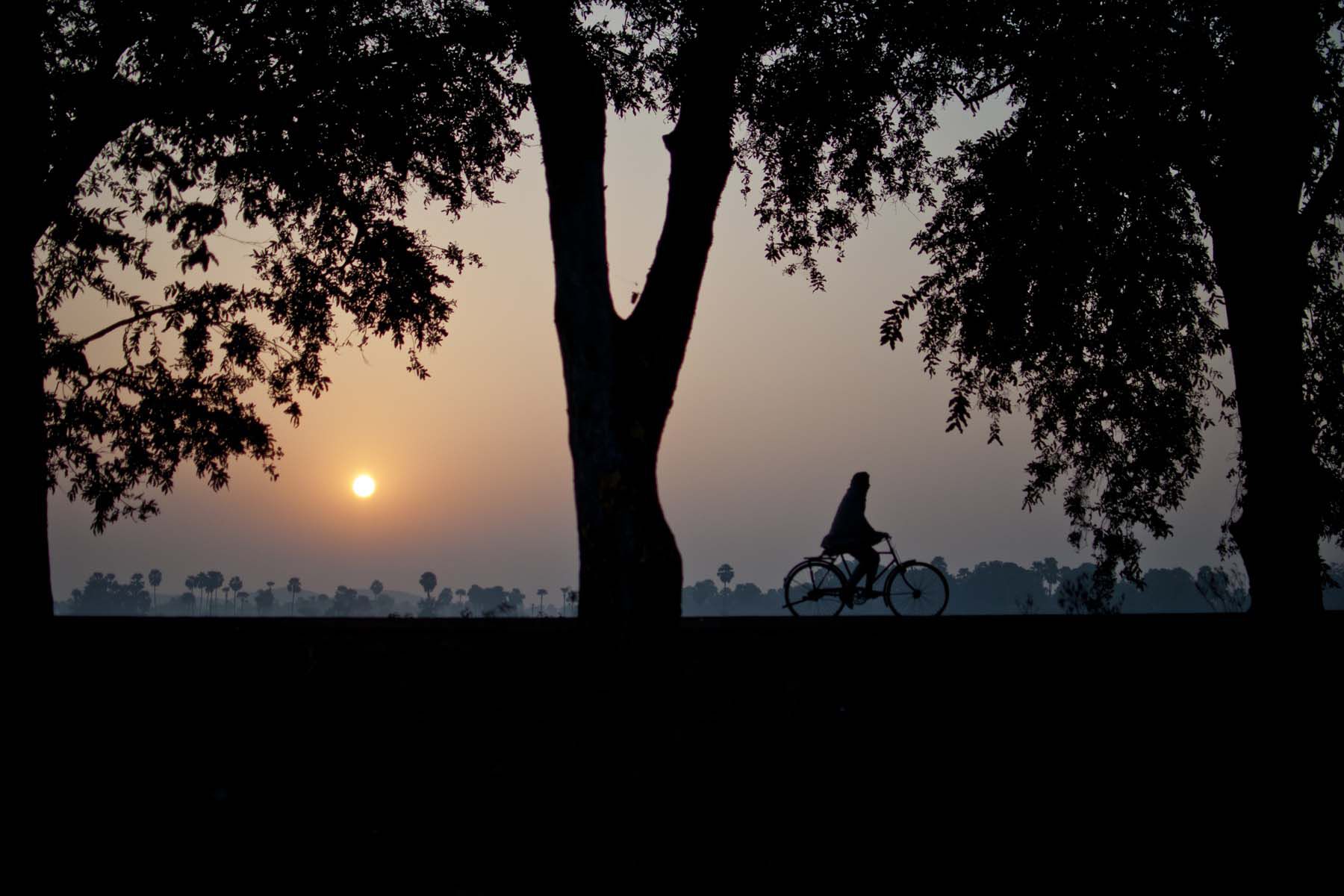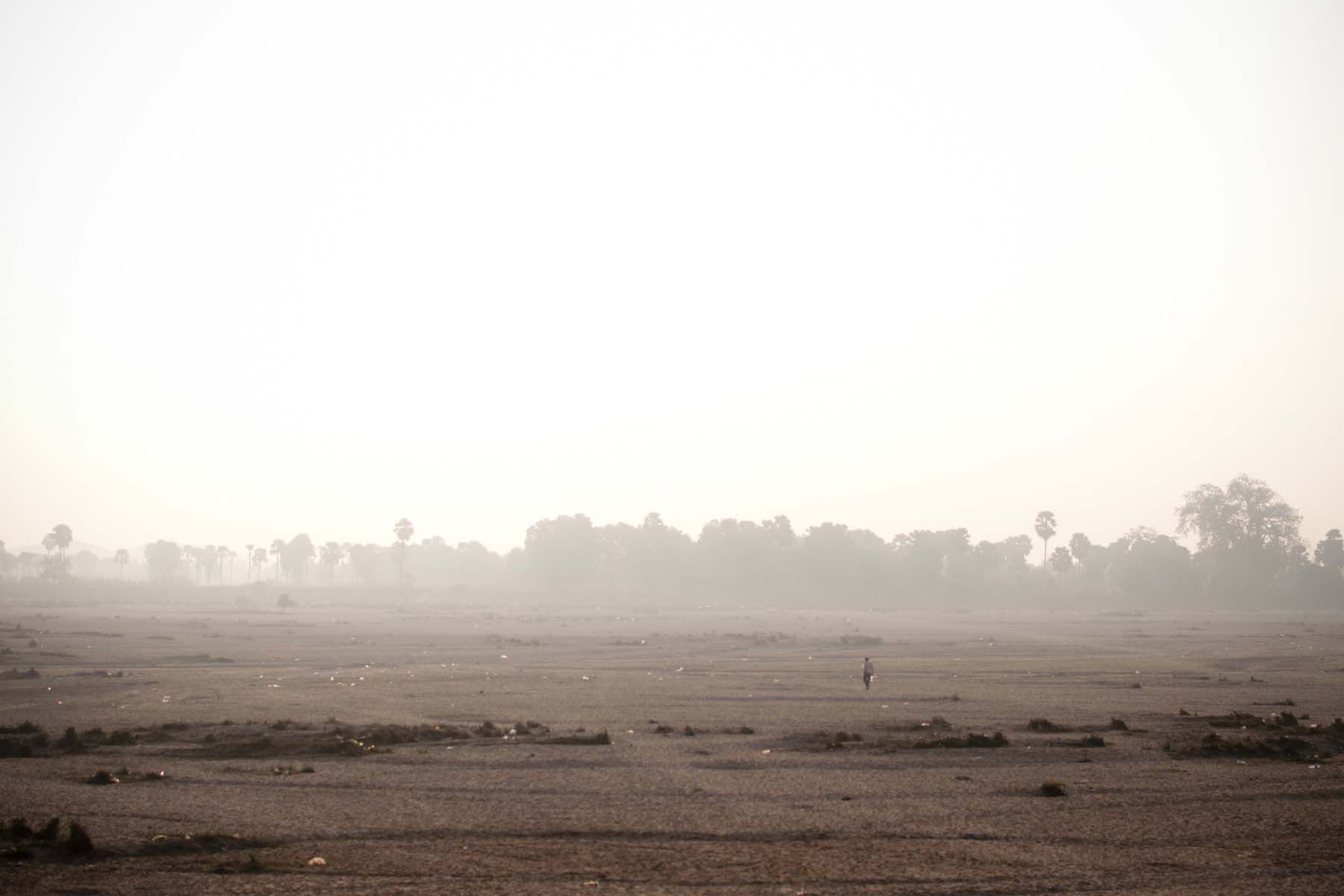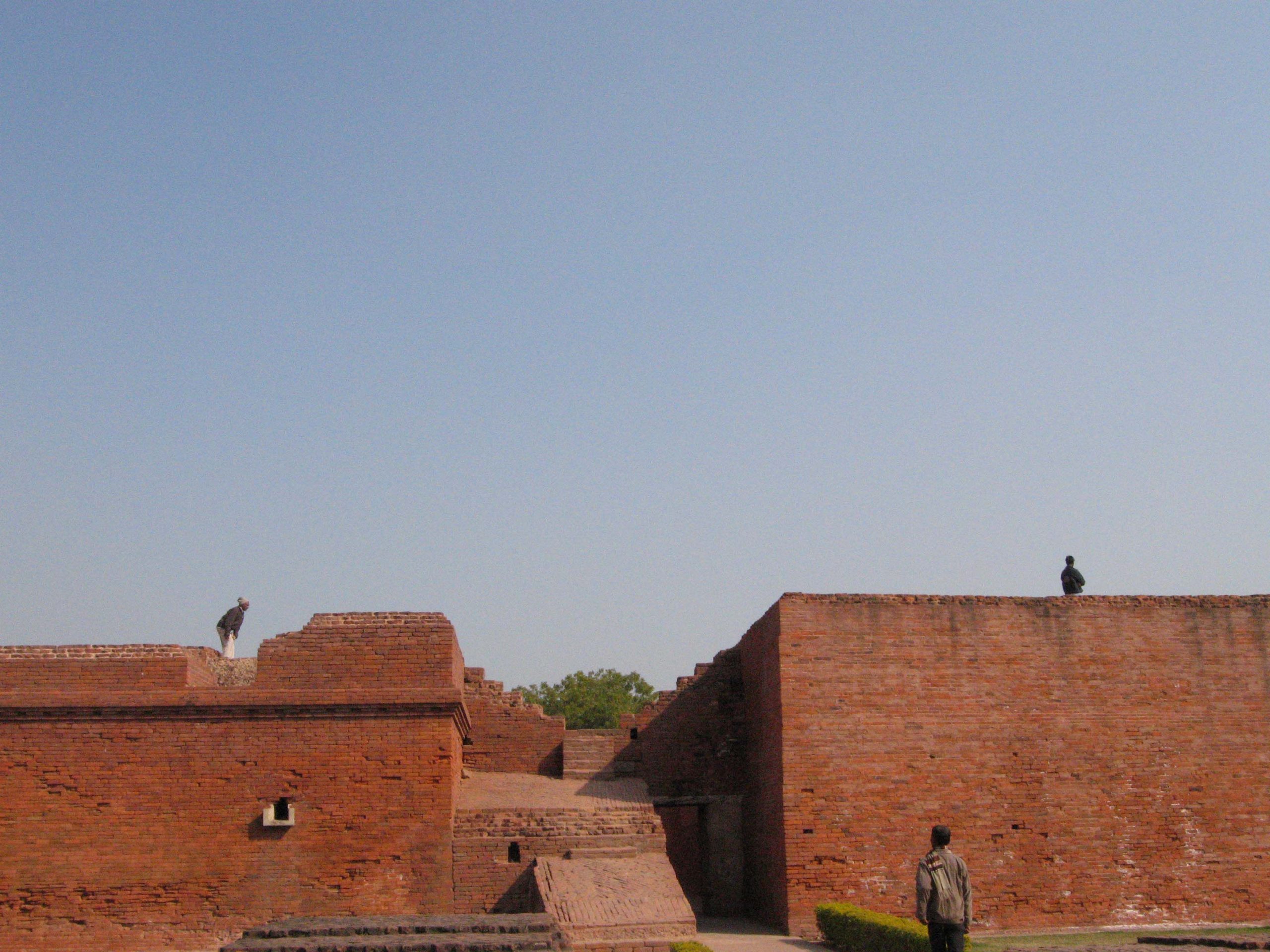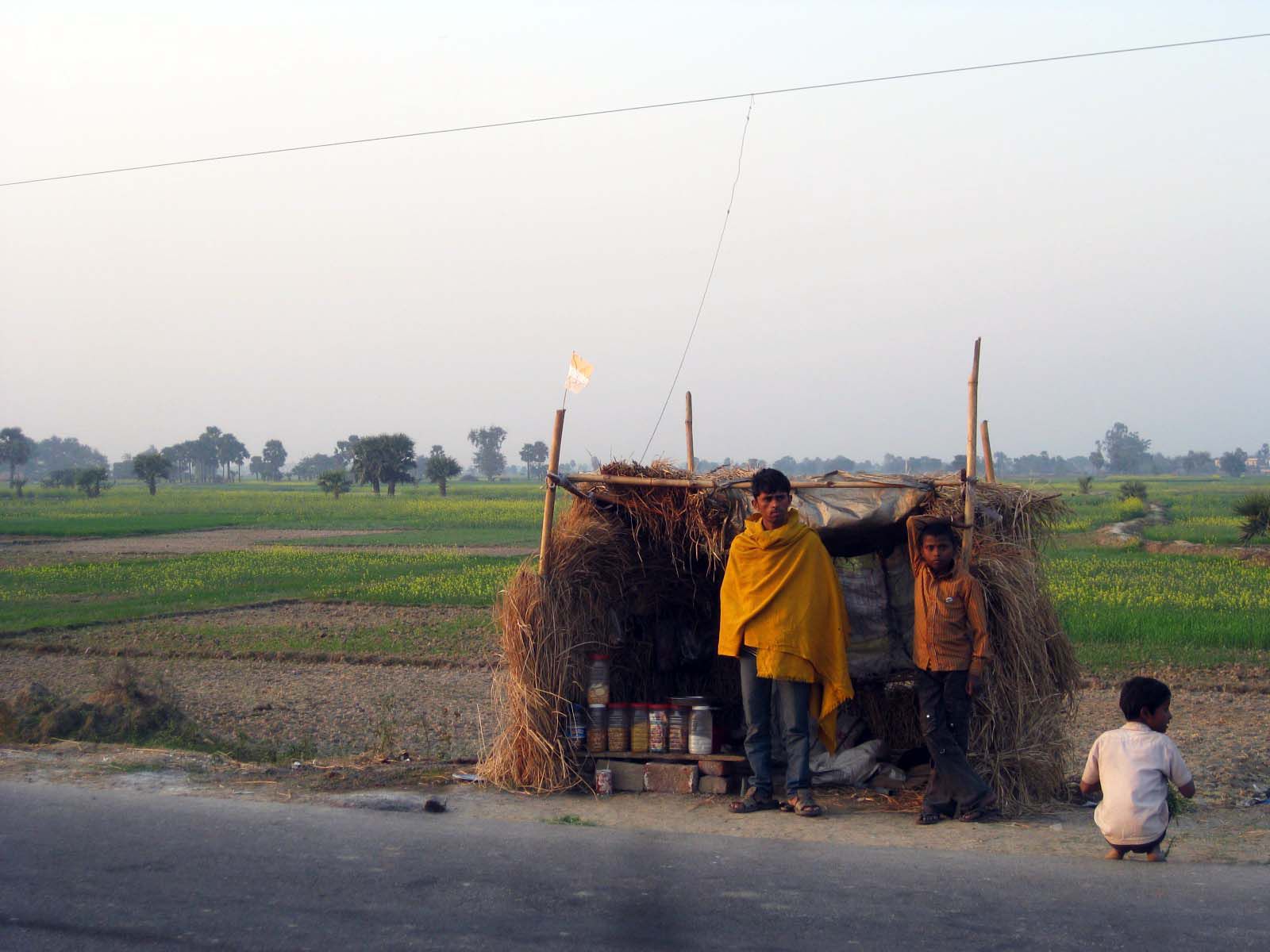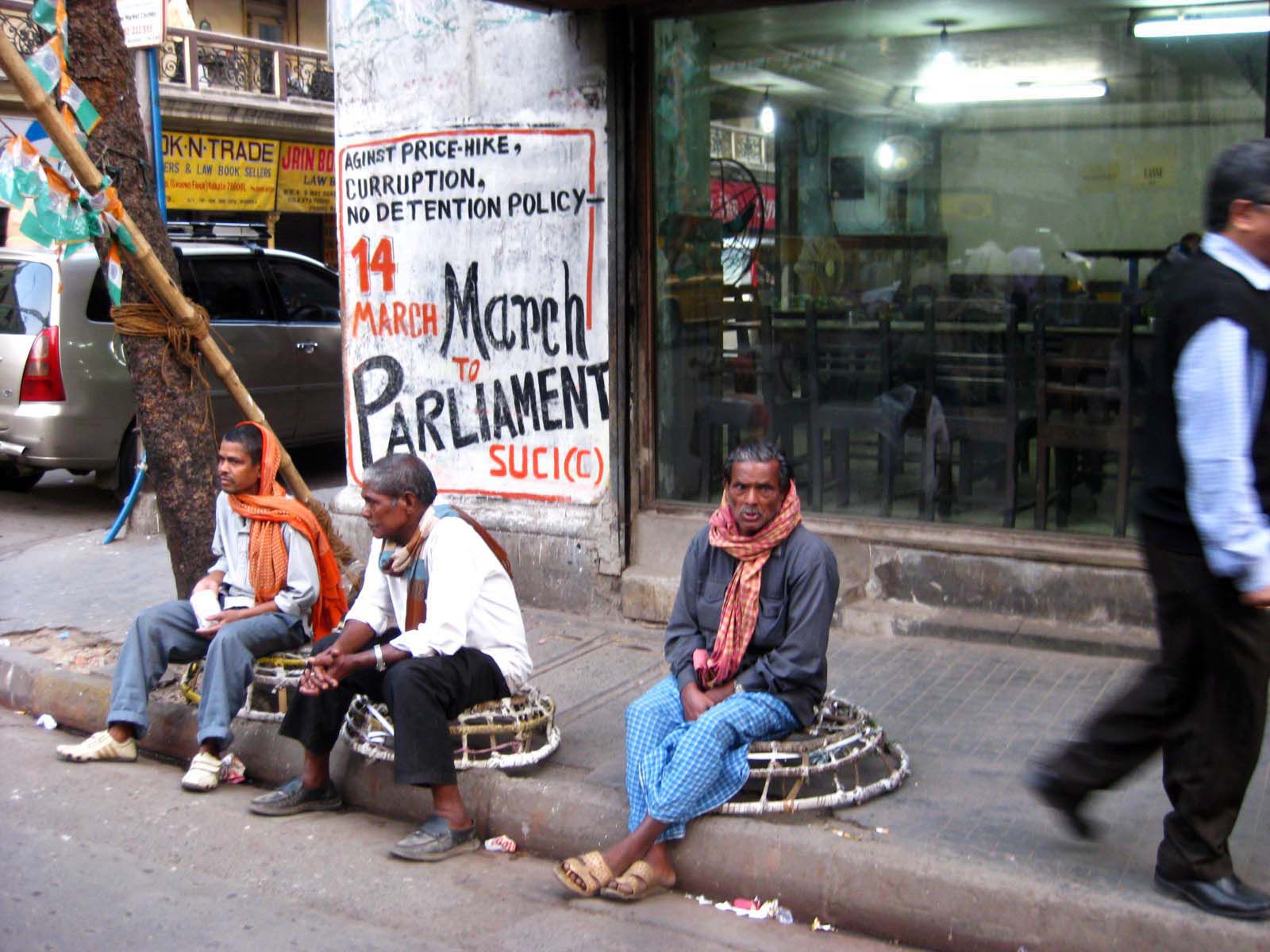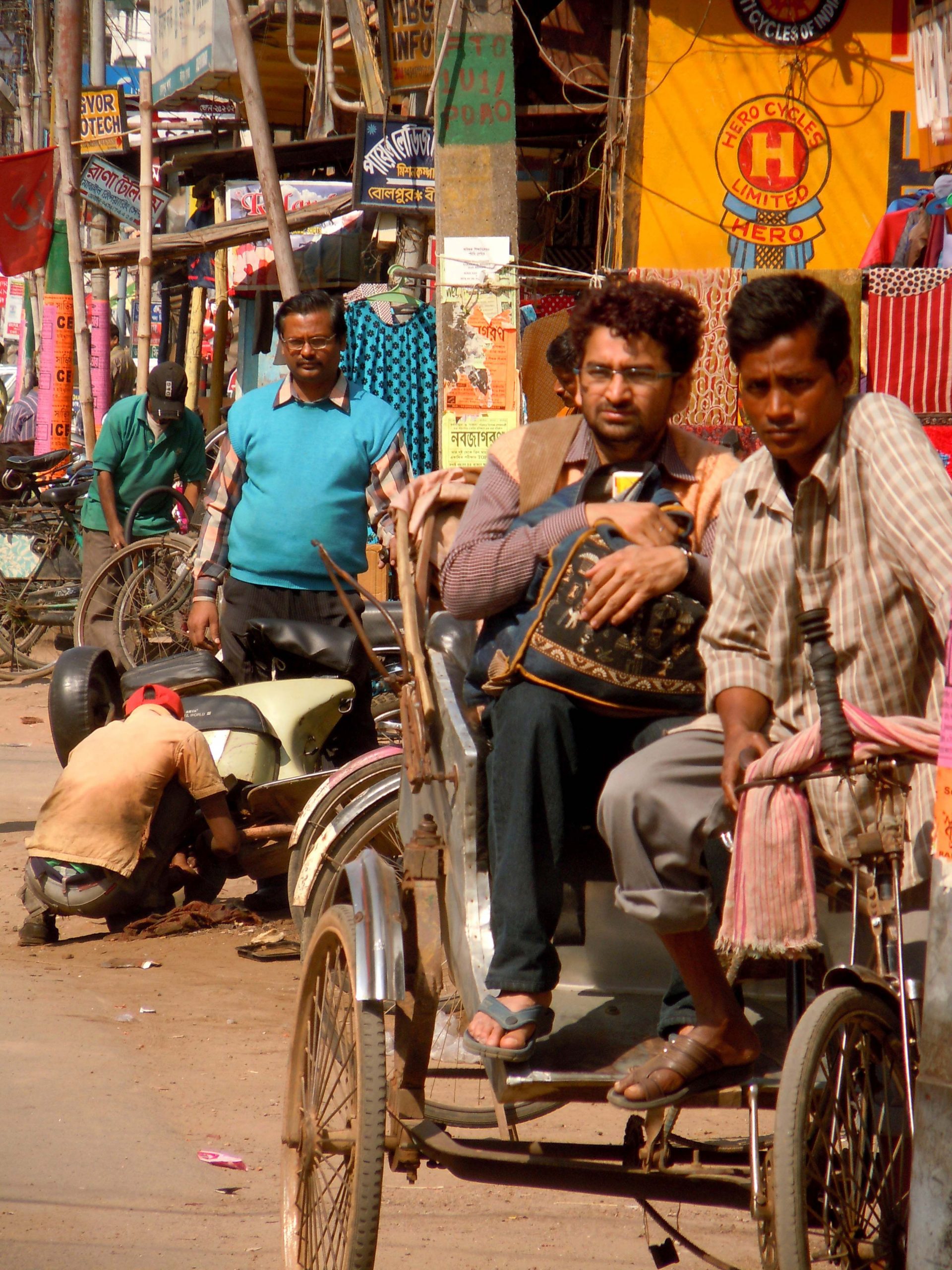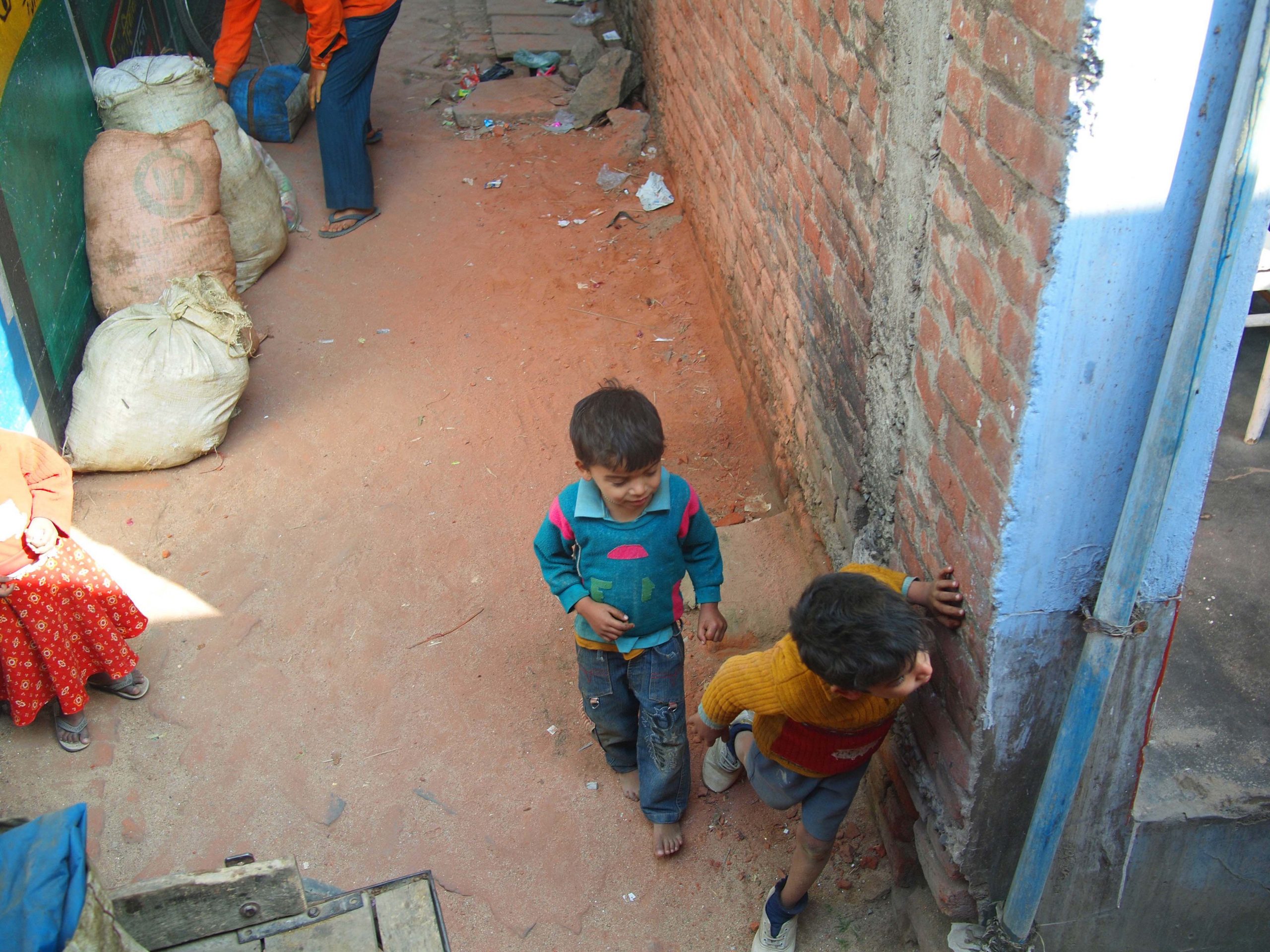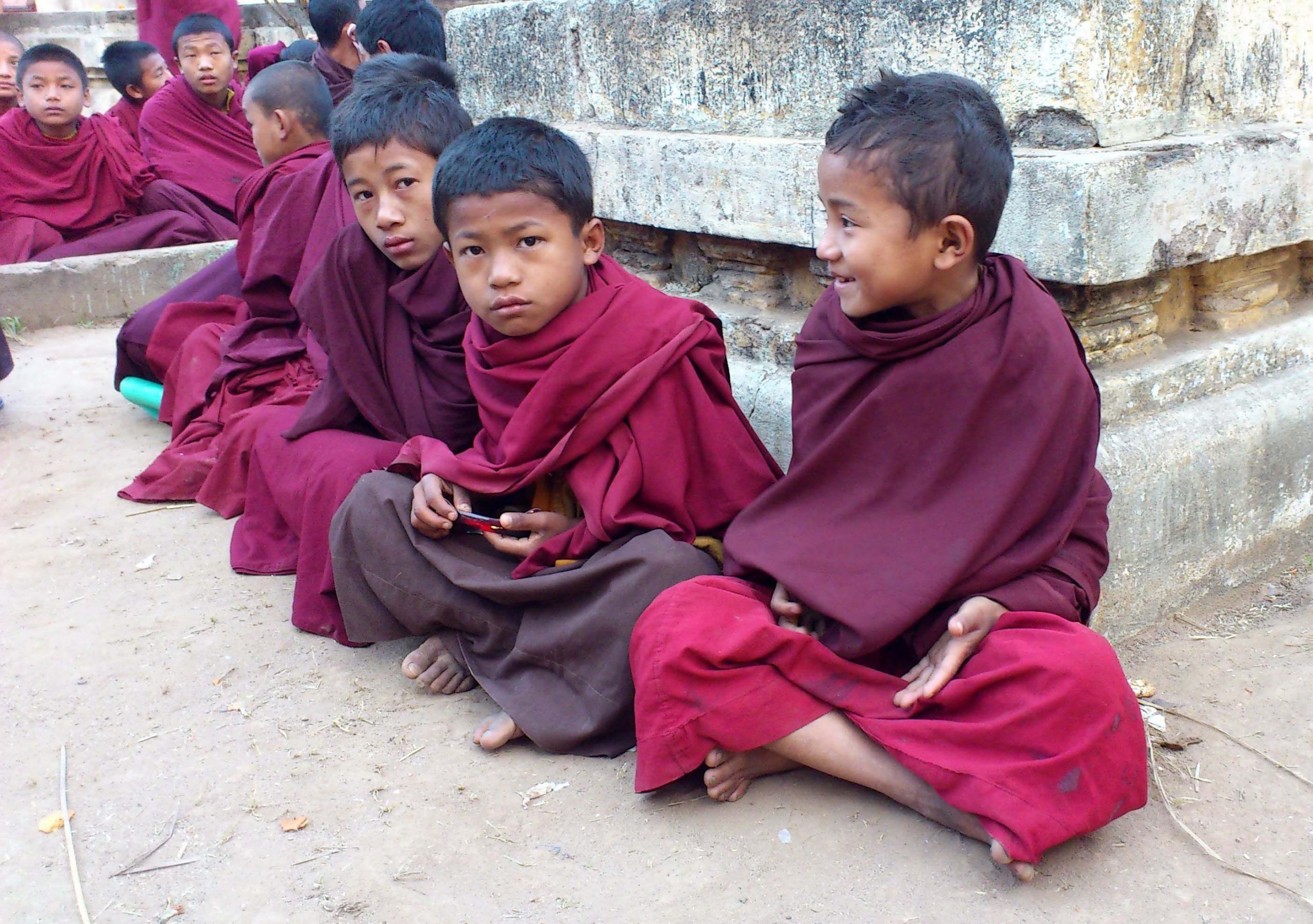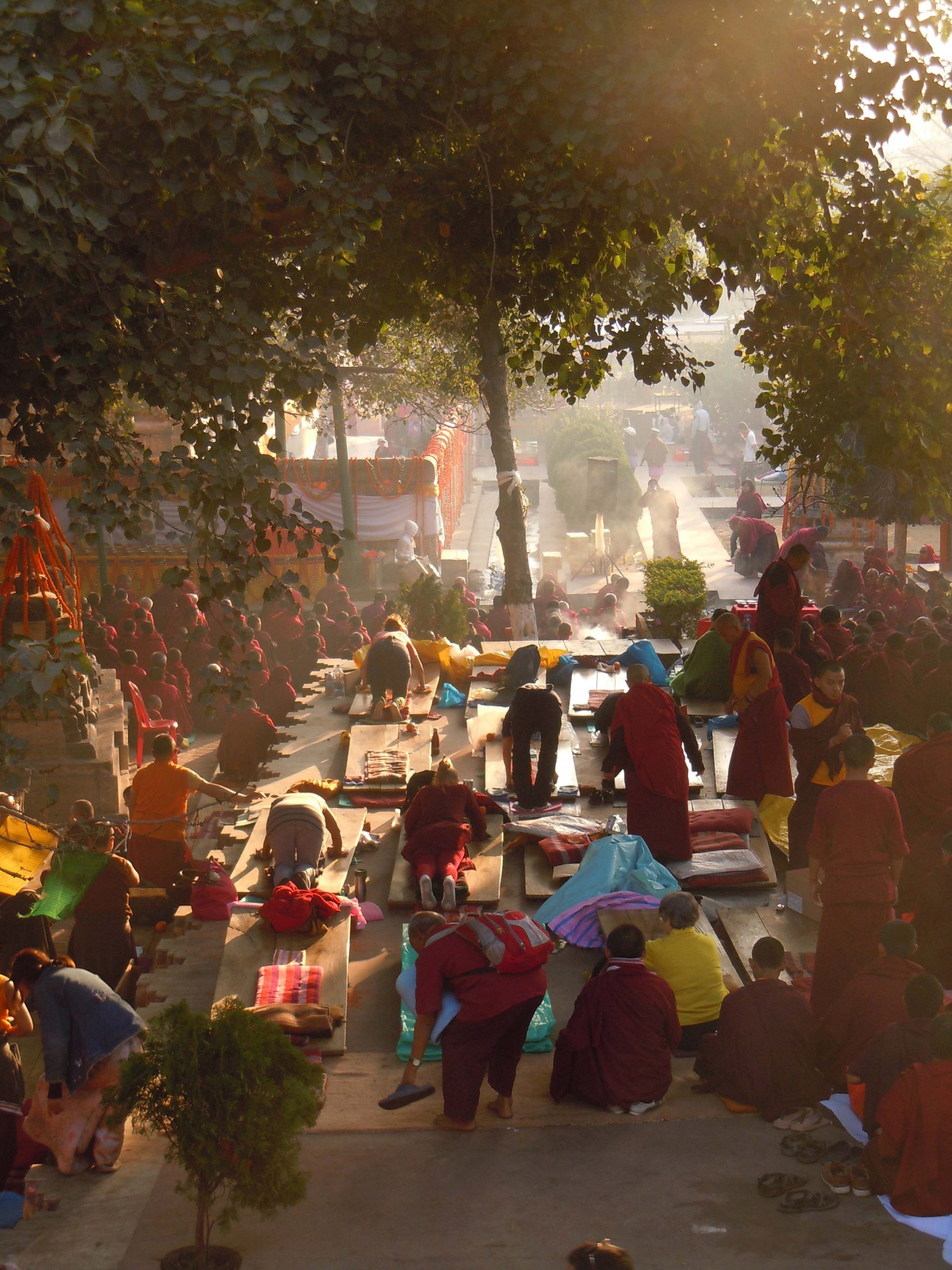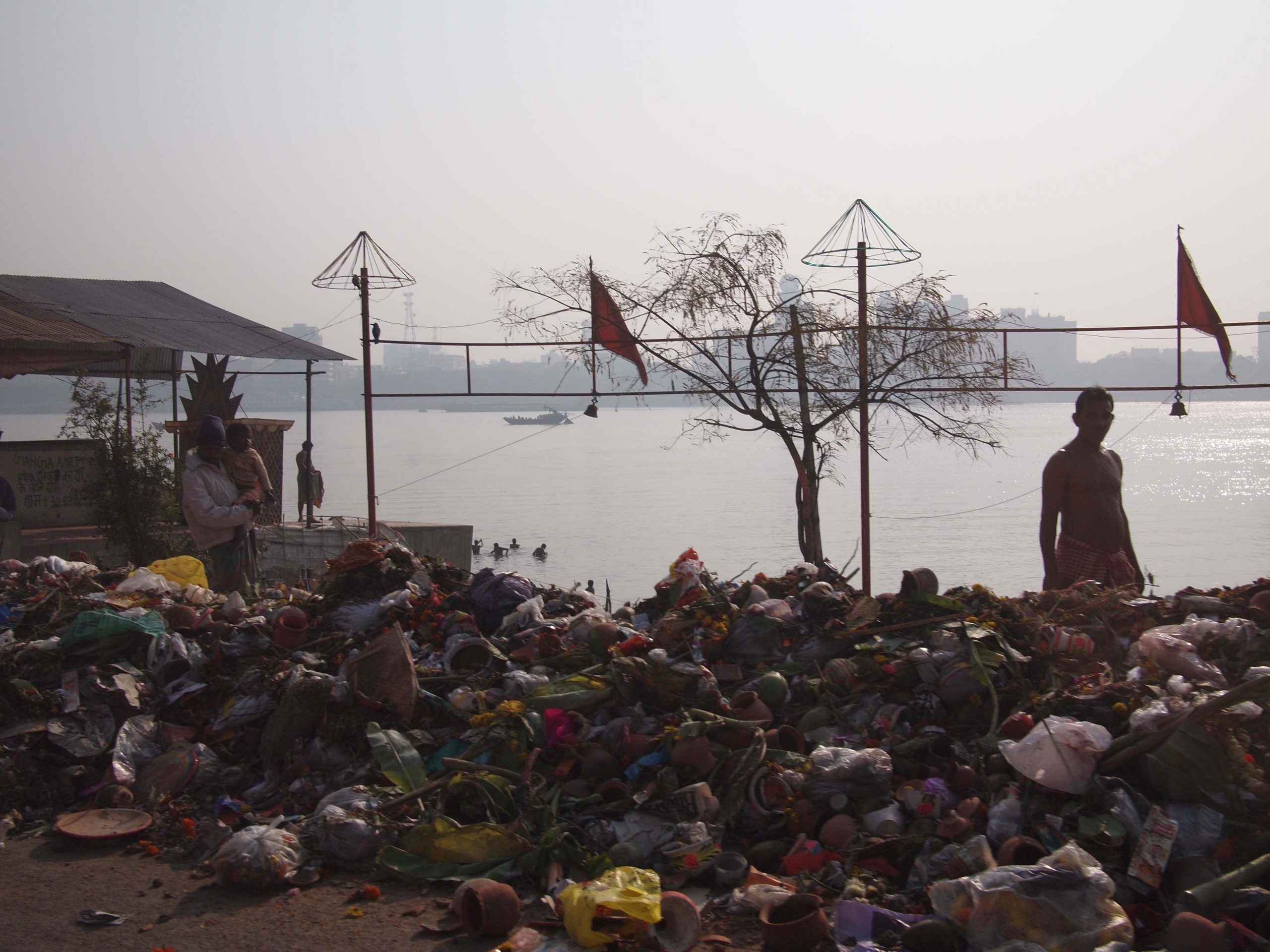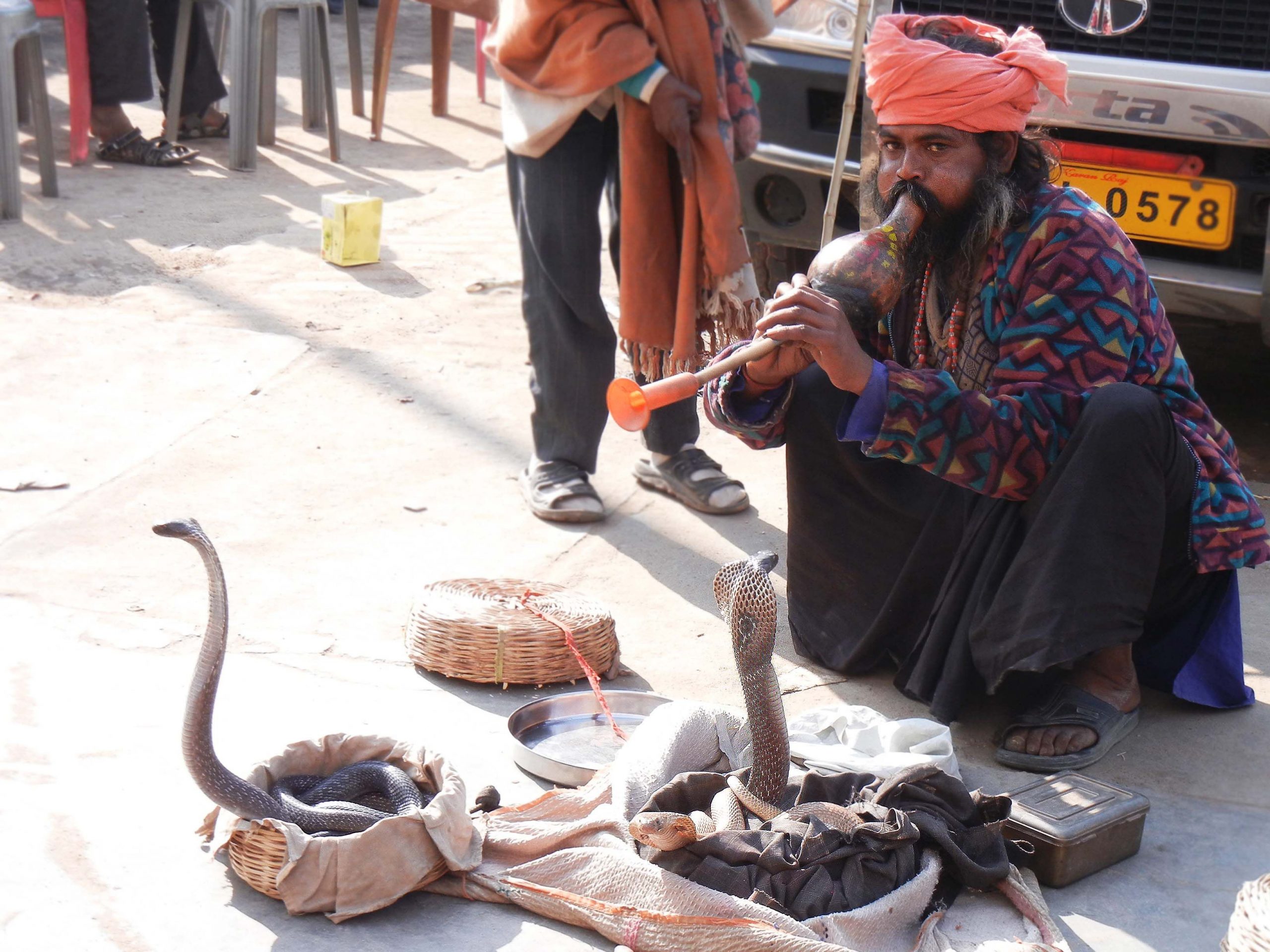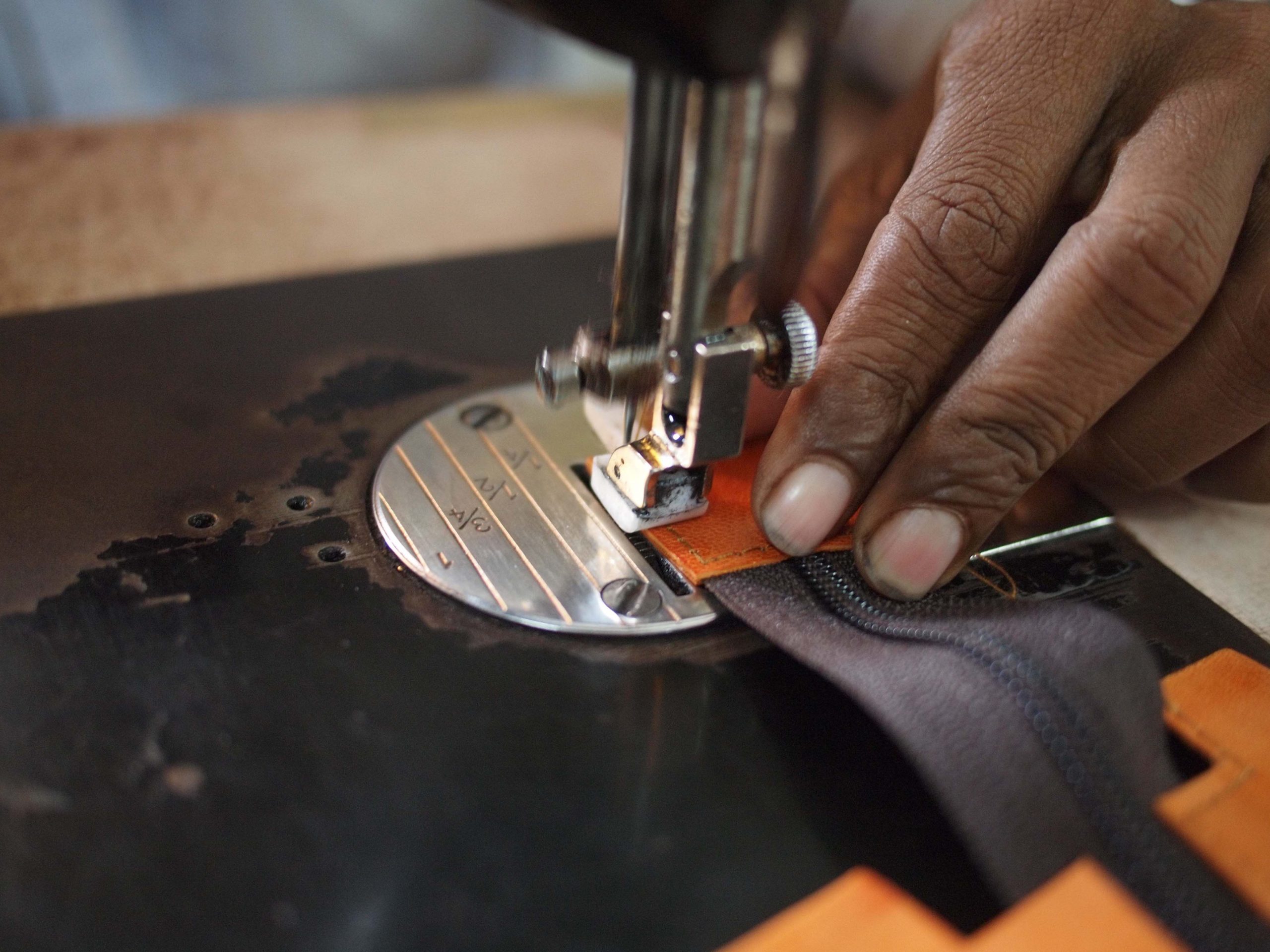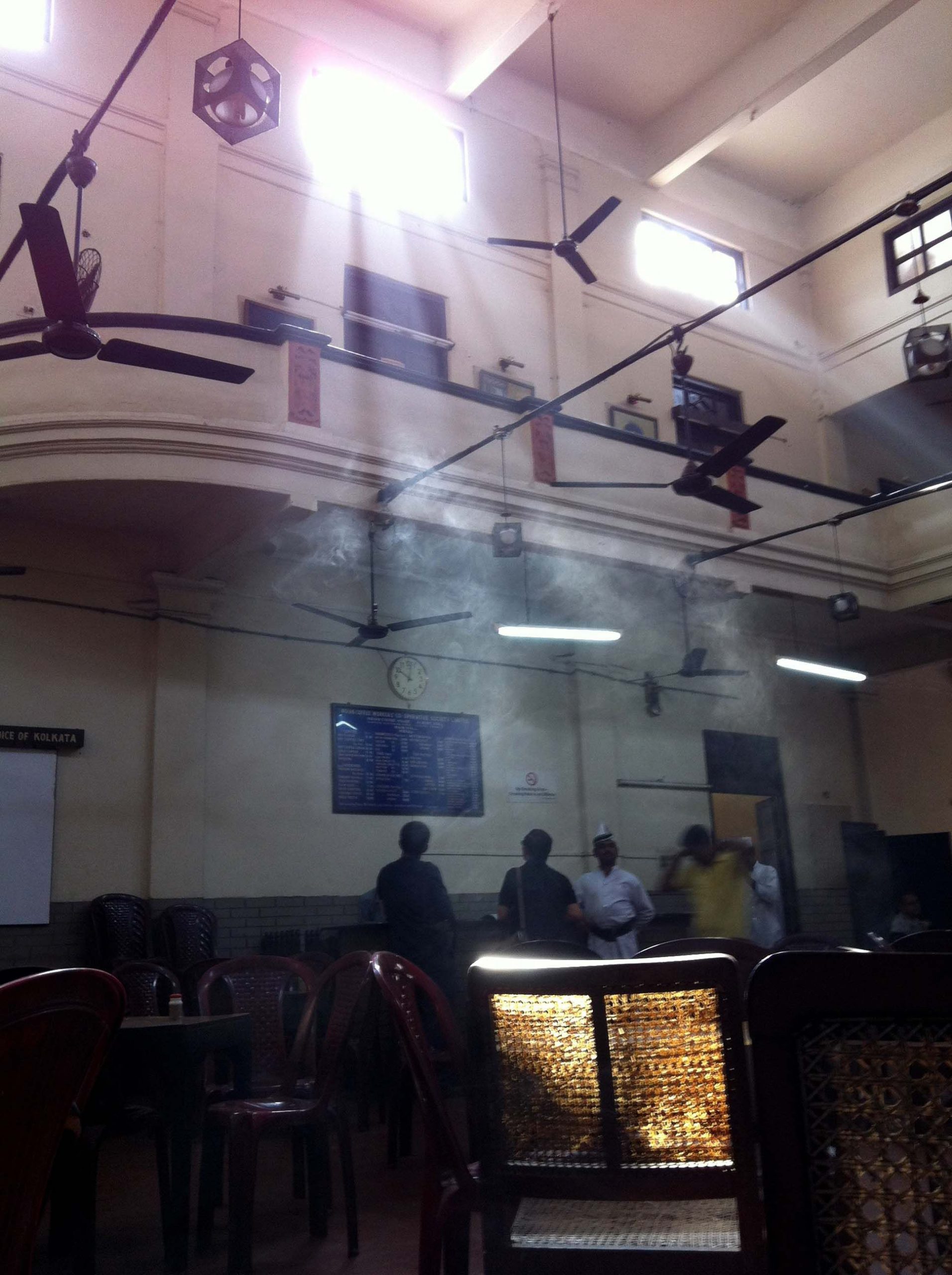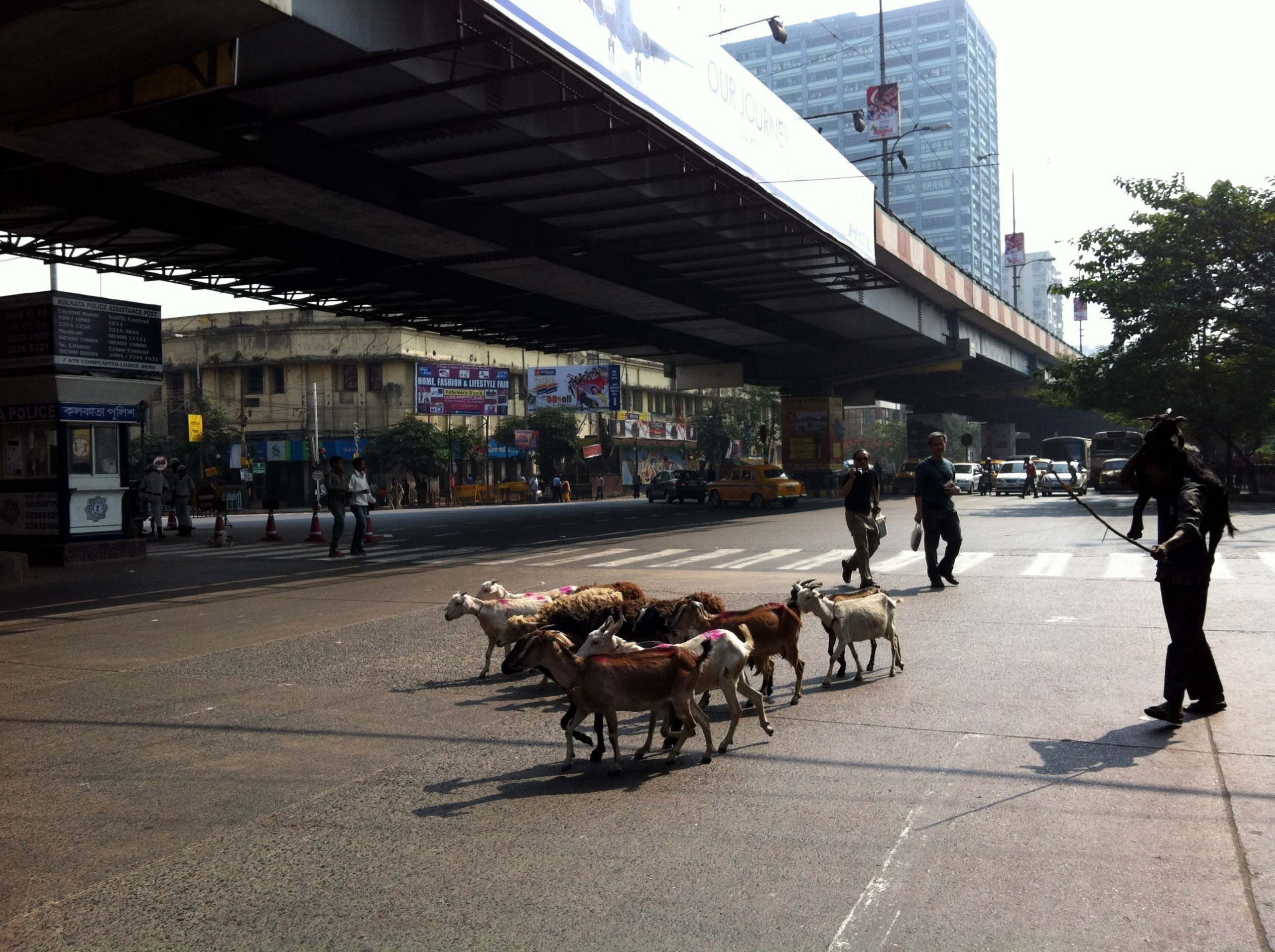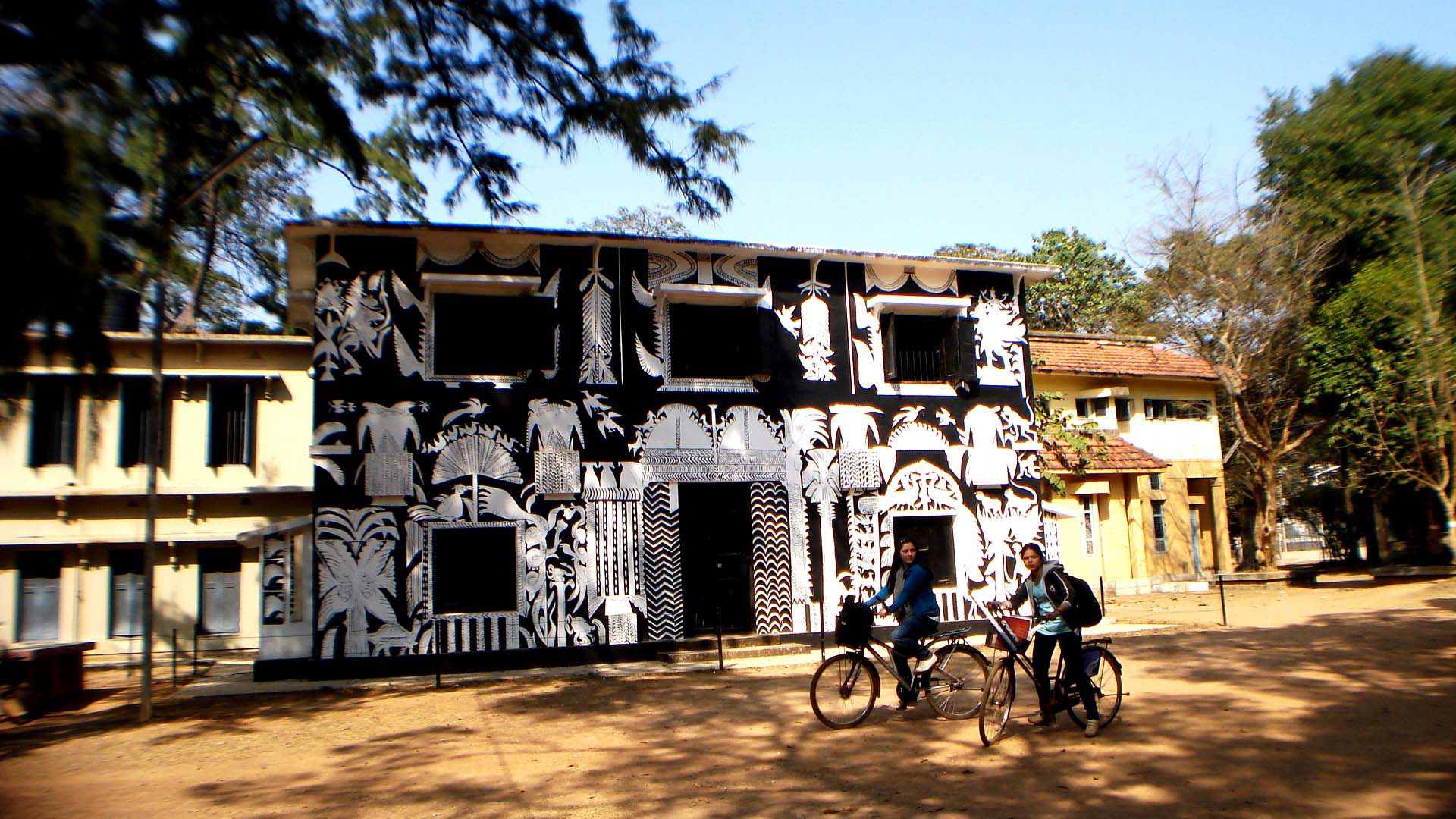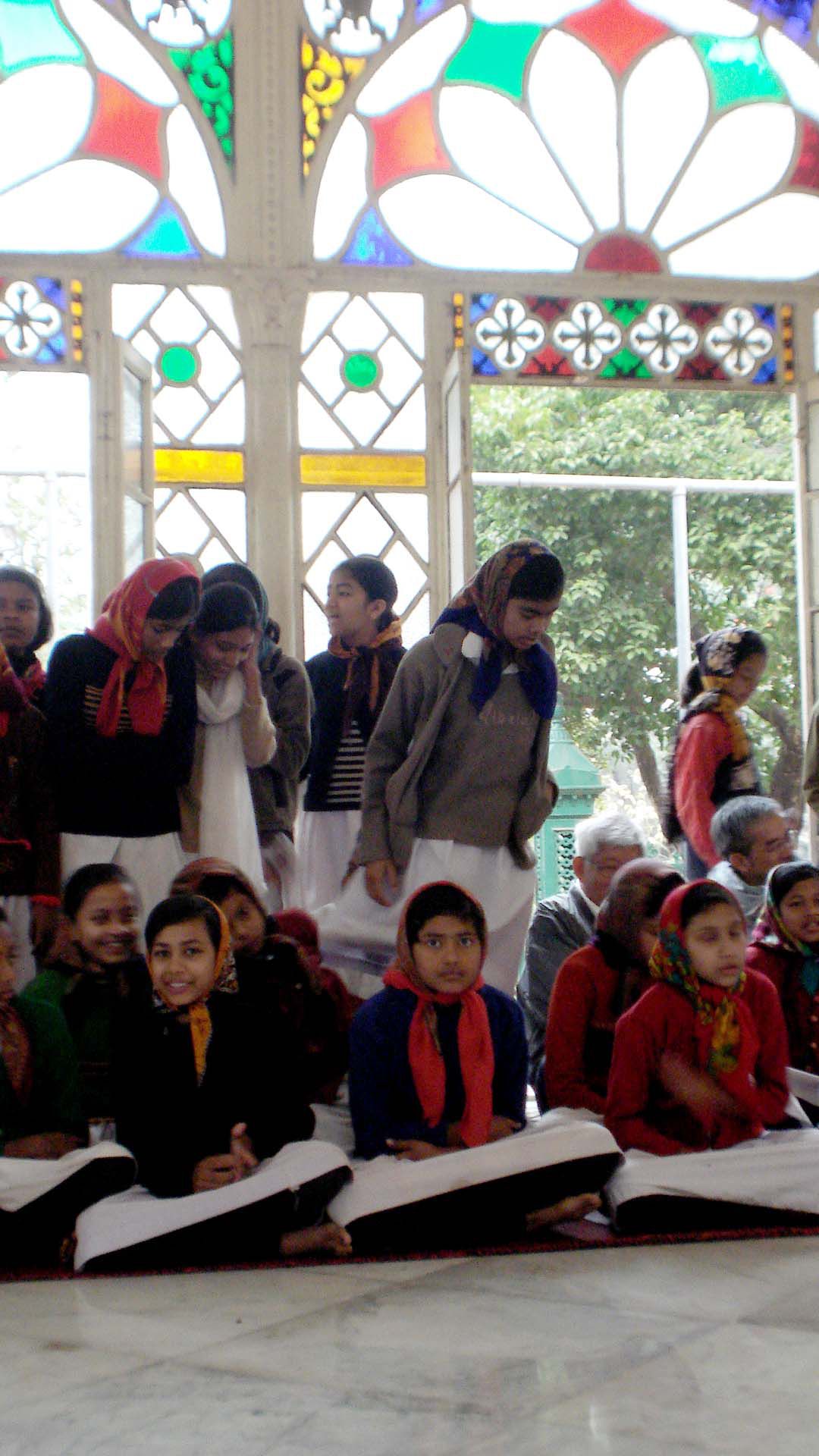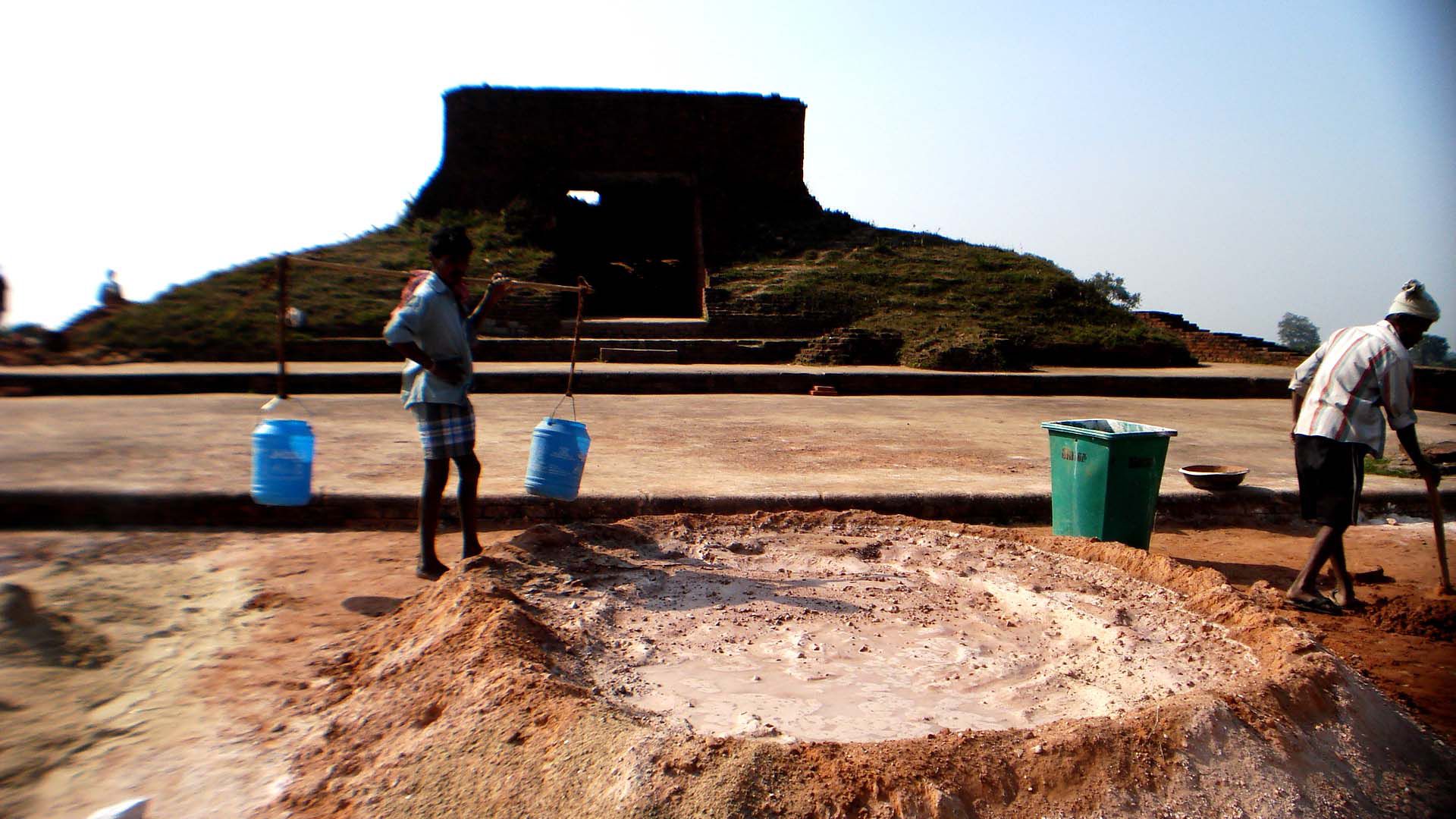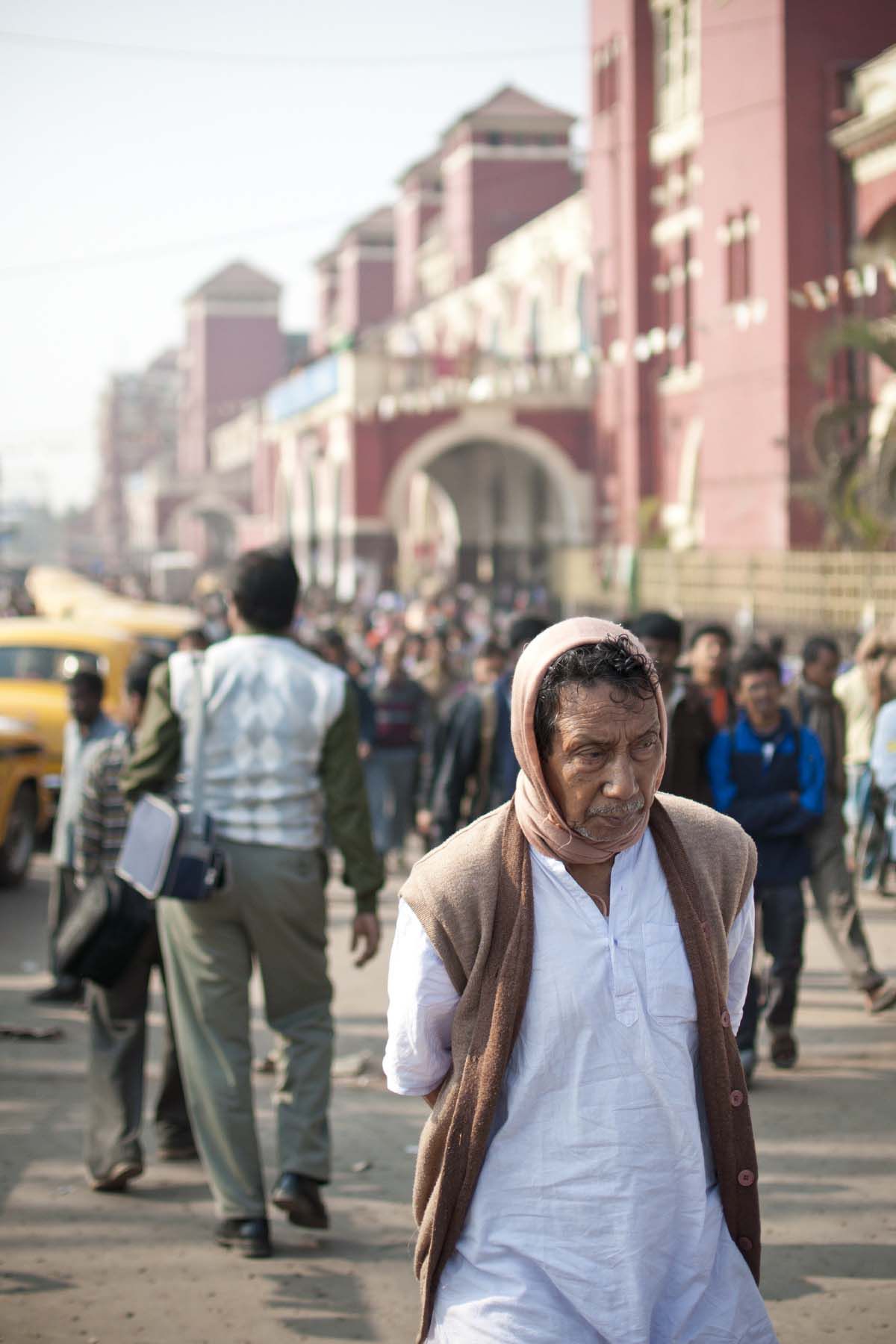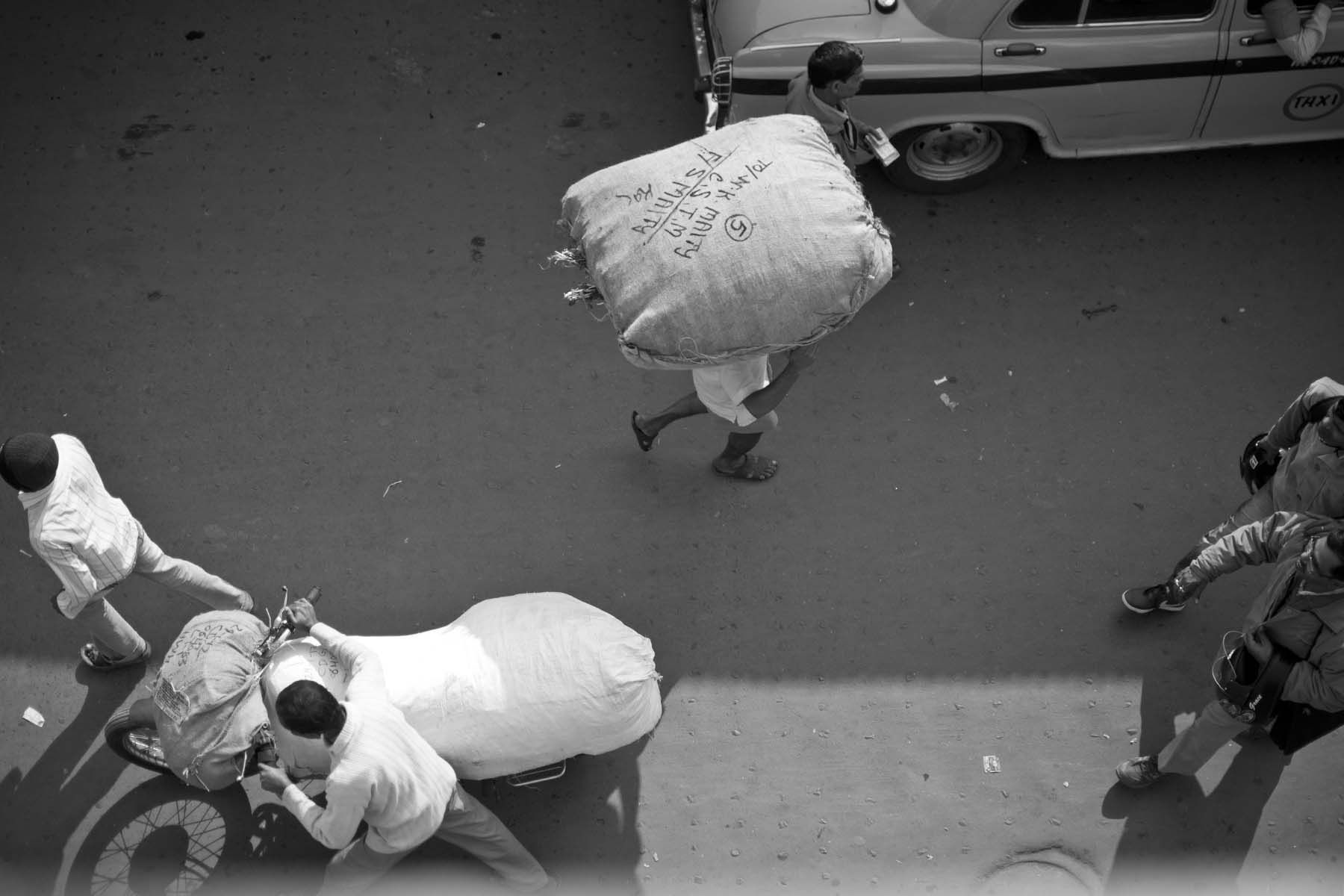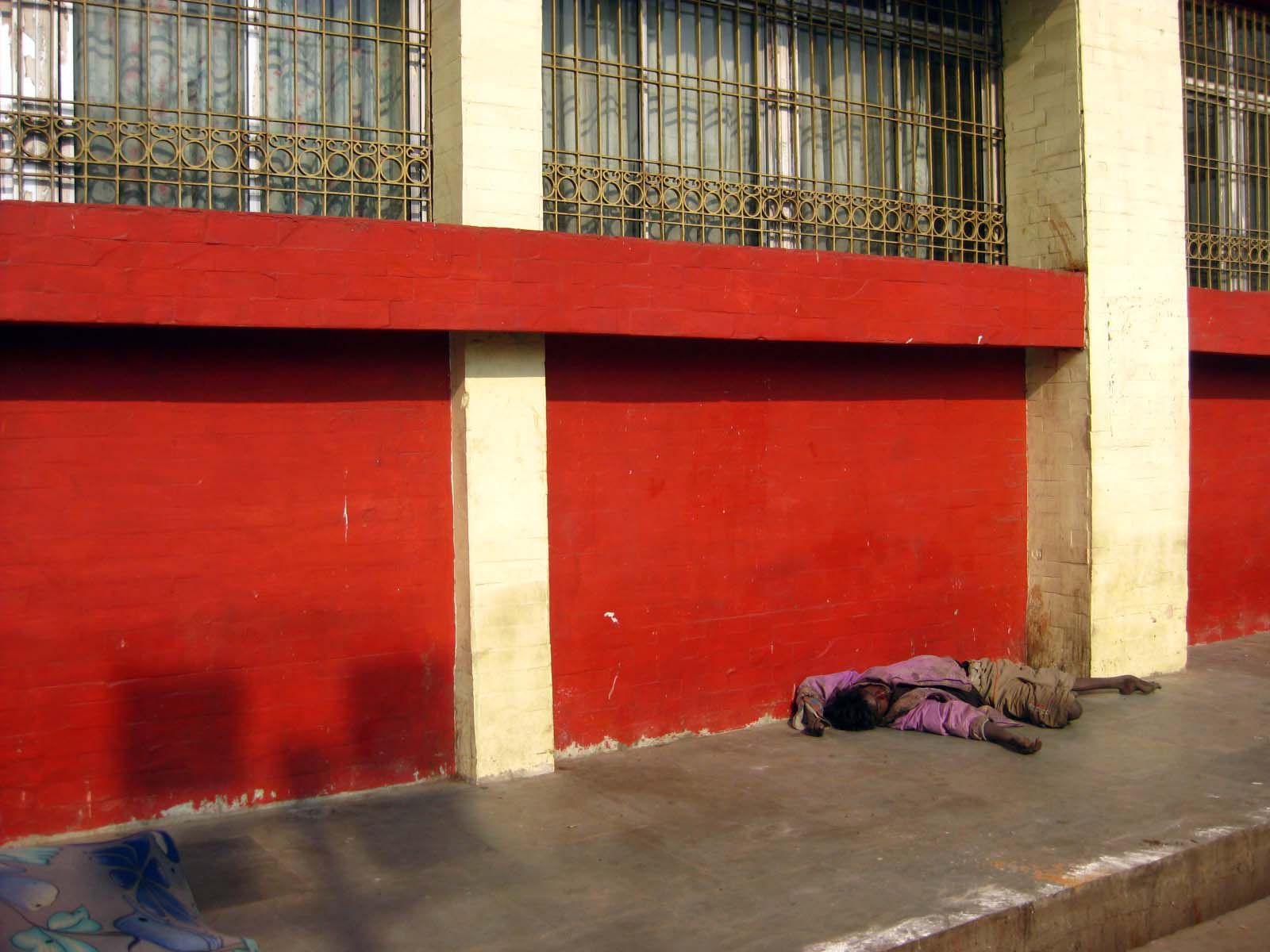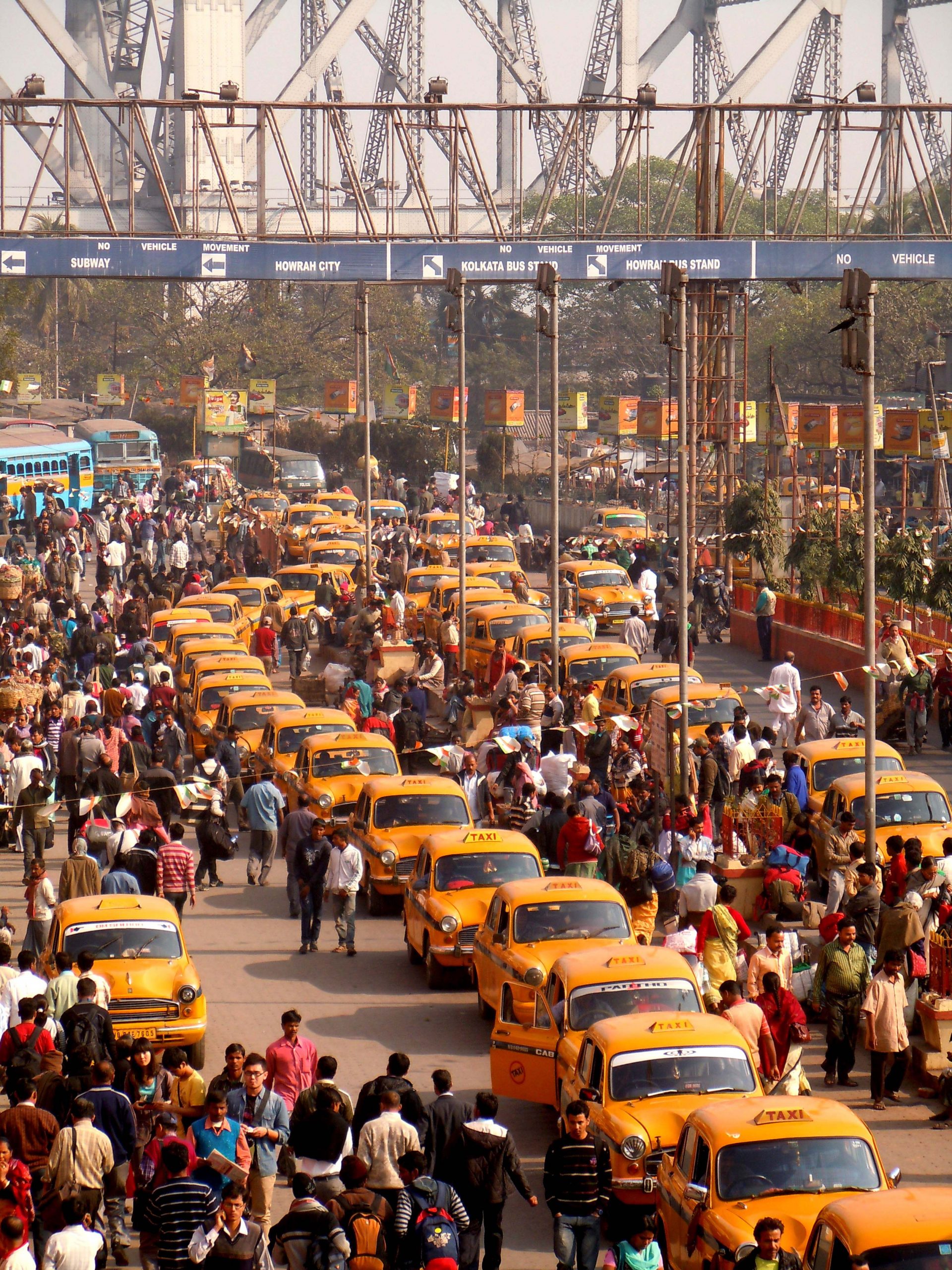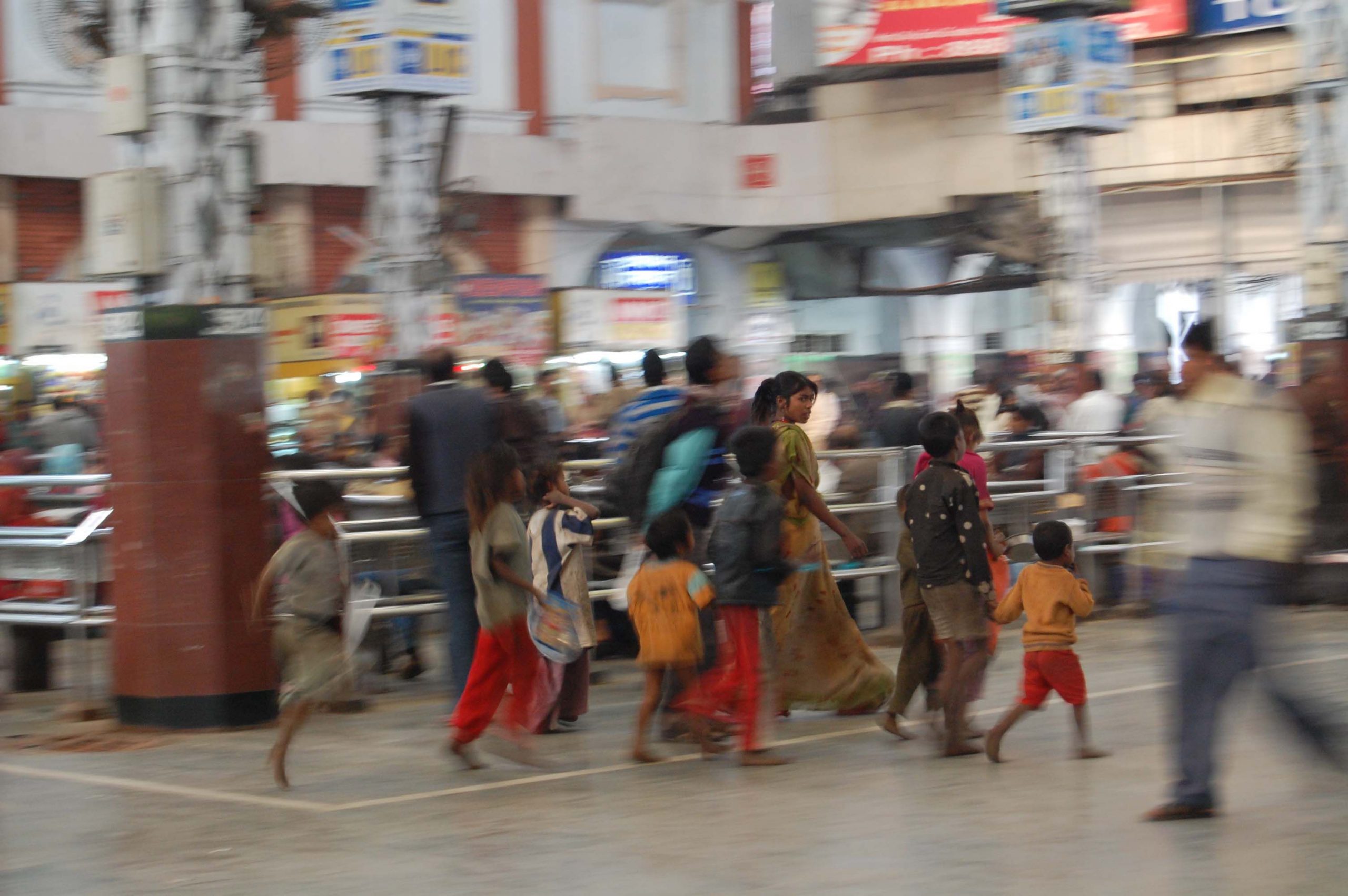- Tribute Missions to China, 960-1126 – Compiled and researched by Robert M. Hartwell, this file contains tables on the various tribute embassies that arrived at Chinese borders between 960 and 1126. Data include frequency of contacts with various foreign states, the duration of ventures to China, the periodicity of such enterprises, and the multiple functions of “diplomatic” missions.
- Southeast Asia in the Ming Shi-lu (An open access resource) – This work identifies all of the references to Southeast Asia contained within the Ming Shi-Lu and provides them to readers in English-language translation. In addition to the more obvious Southeast Asian polities of maritime and mainland Southeast Asia, this database also includes references to the many Yunnan Tai polities which have subsequently been incorporated within the Chinese state. The fact that many of these references predate European sources on Southeast Asia underlines their importance to historians of the region.
- Conference Proceedings of “Penang and the Indian Ocean: An International Conference”(held September 2011) – An institutional initiative to provide an integrated framework to harness the development potential of three core areas: academic, heritage and culture, and business towards transforming Penang into THE secondary city in the region – the choice for the location of a variety of enterprises, attractive to a wide range of groups.
- Workshop Proceedings of “The Heritage of Ancient and Urban Sites: Giving Voice to Local Priorities” (held March 2016) – Papers from this workshop organized by the Nalanda-Sriwijaya Centre are case studies from six Southeast Asian countries: Cambodia, Indonesia, Malaysia, Myanmar, Singapore and Thailand. They range from grassroots initiatives to trans-regional and UNESCO World Heritage Sites, showcasing how on-site education and cooperation sustain community awareness and participation in safeguarding sites for future generations.
- The Belitung Wreck: Sunken Treasures from Tang China. This publication presents the main categories of the numerous finds from the Belitung wreck and provides their historical frame.
- Hong Kong Maritime Museum – With its focus on the South China coast and adjacent seas and the growth of Hong Kong as a major port and shipping centre, the Museum aims to stimulate public interest in the world of ships and the sea, highlighting major developments in, and cross-fertilization through the centuries between, Chinese, Asian and Western naval architecture, maritime trade and exploration, and naval warfare.
- Southeast Asian Archeology – Archaeological information and research data on Southeast Asia.
- Museum of Underwater Archaeology (MUA) Resource Centre – is an online research tool initiated by the Museum of Underwater Archaeology, an online museum based in the US which features exhibits, project journals, reports from the field, and guest blogs from maritime archaeologists around the globe. In addition to helping underwater archaeologists publish their work online, the MUA continues to develop tools that assist archaeologists with their research. Their first effort in this regard is the Gray Literature Bibliographic Database.
- National Heritage Board (NHB), Singapore – it is the custodian of Singapore’s heritage. It’s mission is “to preserve and celebrate the shared heritage of our diverse communities, for the purpose of education, nation-building and cultural understanding”. (text from the NHB website)
- SEAMEO SPAFA, Regional Centre for Archaeology and Fine Arts – is part of the Southeast Asian Ministers of Education Organization (SEAMEO), an international organization dedicated to promoting co-operation in education, science and culture in Southeast Asia.
- Maritime Asia – a useful online resource for those interested in shipwrecks and maritime Asia
- Curating the Oceans: The Future of Singapore’s Past – by Rachel Leow. This article by Rachel Leow (her personal blog), published on George Mason University’s History News Network webpage, gives some background to Singapore’s acquisition of the Tang artifacts recovered from the Belitung Wreck. She also writes about her experience of viewing ‘the Tang treasure’ in person.

This page presents the proposed Nalanda University Motherplan by the Nalanda Studio–a group made up of year 2 and 4 architecture students (S.Y. 2011-2012) of the National University of Singapore. They are:
Quek See Hong
Liang Wei Di Andy
Louis Ang
Lee Yi Fang
Ng Si Jia
Lau Chao Zhong
Chong Wei Rong
Zhang Runze
Shen Hewei
Leon Yzelman
Chen Shunann
Lynette Liew
Julian Cheng
Terence Chua
The team is led by Prof Tay Kheng Soon.
As part of their efforts to fully understand Nalanda, the Nalanda Studio travelled to India, specifically Kolkata and Santiniketan. They were able to visit the ancient Nalanda University site.
The final presentation of the proposed motherplan was presented by the students at ISEAS on 30 April 2012. George Yeo, a member of the Nalanda University Governing Board attended the presentation and provided insights and comments on the proposed motherplan.
I. Presentation Materials
Concept note on the proposed Nalanda University Motherplan (doc)
Final presentation of the Nalanda University Motherplan (pdf)
II. Photos
Nalanda Studio group photos
India trip photos
III. Videos
Video clips of sceneries in Kolkata, Bohdgaya and Nalanda (youtube)
Nalanda Walkthrough in 3D (youtube)
- News from Asia, compiled by Lu Caixia (IIAS Newsletter 59 Spring 2012, pp. 47-51) (pdf)
- “The Belitung Shipwreck Controversy” by Lu Caixia (IIAS Newsletter 58 Autumn 2011, pp. 41-42) (pdf)
- News from Asia, compiled by Lu Caixia (IIAS Newsletter 58 Autumn 2011, p. 40) (pdf)
- News from Asia, compiled by Jayati Bhattacharya (IIAS Newsletter 57 Summer 2011, pp. 42-43) (pdf)
- Selected Speeches and Writings on Rabindranath Tagore – compiled by NSC Staff; Designed by Rinkoo Bhowmik
- Netaji Subhas Chandra Bose: The Singapore Saga – compiled by Nilanjana Sengupta; Designed by Rinkoo Bhowmik
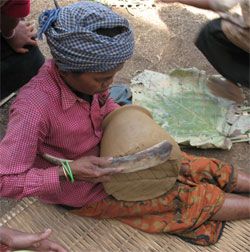
(Image courtesy of Dr. Leedom Lefferts)
Dr. Leedom Lefferts and Dr. Louise Allison Cort have kindly granted the Archaeology Unit permission to disseminate a collection of their papers regarding indigenous Southeast Asian pottery production for non-commercial research purposes. If you would like to use the information or ideas presented in the works below, please acknowledge the source through the use of proper academic citations.
Useful Research Documents
- “Present-day Village-based Production of Earthenware and Stoneware in Mainland Southeast Asia” by Louise Allison Cort and Dr. Leedom Lefferts (last updated 4th March, 2013)
This document is a provisional listing of indigenous earthenware and stoneware production sites surveyed thus far in Mainland Southeast Asia, including Peninsular Malaysia and Singapore, listed by country or region of country (in the case of Thailand). The surveys (which were conducted by the authors between 1992 and February 2013) examined and charted the production techniques seen at each site, in order to begin to formulate an understanding of the relationships and discontinuities across these different techniques.
Published Papers
- Lefferts, L. (2015). “Indigenous Ceramic Production in Mainland Southeast Asia: Earthenware and Stoneware in Thailand and Southern China.” (Korean and English), CIGB 2015 International Ceramics Colloquium, pp. 17-35.
- Cort, L. A., & Lefferts, L. (2013). “Jars in the Central Highlands of Mainland Southeast Asia.” In Klokke, M. J., and Degroot, V. (eds.), Materializing Southeast Asia: Selected Papers from the 12th International Conference of the European Association of Southeast Asian Archaeologists, Volume 2. Singapore: NUS Press, pp. 233-241.
- Cort, L. A. & Lefferts, L. (2012). “Pots and How They Are Made in Mainland Southeast Asia.” Transactions of the Oriental Ceramic Society 75: 1-15. [note: this was a special lecture given to the London Oriental Ceramic Society on 5th Oct., 2010 and represents an extensive summary of their knowledge and deductions to date.]
- Lefferts, L., & Cort, L. A. (2012). “Tai Potters Across Borders: Tracking Ceramic Technology in Southern Yunnan and Northern Thailand.” In Tjoa-Bonatz, M. L., Reinecke, A. and Bonatz, D. (eds.), Crossing Borders: Selected Papers from the 13th International Conference of the European Association of Southeast Asian Archaeologists, Volume 1. Singapore: NUS Press, pp. 362-374. [note: this is the English version of the “Pottery production in Sipsong Pan Na” article]
- Cort, L., & Lefferts, L. (2012). “Pottery production in Sipsong Pan Na – a view from the south.” Minzu Xubao / Yunnan Nationalities University Journal of Ethnic Studies 9, pp. 191-209 (in Mandarin; trans. by Wang Yawen)
- Lefferts, L., & Cort, L. A. (2010). “Where did the Oy of Baan Choumphouy get their pot-making from?” In Adams, K. L. & Hudak, T. J. (eds.),Multidisciplinary Perspectives on Lao Studies. Tempe, AZ: Southeast Asian Council, Center for Asian Research, Arizona State University, pp.165-181.
- Lefferts, L., & Cort, L. A.. (2008). “Gender and ethnicity in contemporary village-based ceramics production in Thailand.” In Boonyalop, K. (ed.),Humanity and Ceramics: From Past to Present 66. Bangkok: Princess Maha Chakri Sirindhorn Anthropology Research Centre, pp. 153-200 (in English and Thai).
- Lefferts, L., & Cort, L. A. (2008). “Water and Fire – Farming and Ceramics – on Phnom Kulen: Putting People into Angkor”. In Bacus, E. A., Glover, I.C., and Sharrock, P.D. (eds.), Interpreting Southeast Asia’s Past: Monument, Image and Text. Singapore: National University of Singapore Press, pp. 286-295.
- Cort, L., & Lefferts, L. (2005). “Not Primitive, Certainly Not Simple: Women’s Earthenware Production in Mainland Southeast Asia”. The Journal of the Asian Arts Society of Australia 14(4):7-9.
- Lefferts, L., & Cort, L. A. (2003). “A Preliminary Cultural Geography of Contemporary Village-based Earthenware Production in Mainland Southeast Asia.” In Miksic, J. (ed.), Earthenware in Southeast Asia. Singapore: Singapore University Press, pp. 300-310.
- Narasaki, S., Lefferts, L., & Cort, L. A. (2000). “A Regional Survey of Present-Day Earthenware and Stoneware Production in Mainland Southeast Asia.” Seto-shi Maizo Bunkazai Sentaa Kenkyu Kiyo (Seto Municipal Archaeological Center Research Report) 8:105-192. (English translation 2006)
- Cort, L. A., & Lefferts, L. (2000). “Khmer Earthenware in Mainland Southeast Asia: An Approach through Production”. Udaya Journal of Khmer Studies 1(1):48-68.
- Lefferts, L., & Cort, L. A. (2000). “An Approach to the Study of Contemporary Earthenware Technology in Mainland Southeast Asia.” Journal of the Siam Society 88(1 & 2):204-211.
- Lefferts, L., & Cort, L.A. (1999). “Women at the Center of an Industrializing Craft: Earthenware Pottery Production in Northeast Thailand”. Museum Anthropology 23(10):21-32.
- Lefferts Jr. , H. L., & Cort, L. (1997). “Little Things Mean A Lot: Pots and Cloth in Northeast Thailand”. Journal of the Siam Society 85(1-2):9-15.
- Lefferts, L. (1988). “Contemporary Burmese Earthenware”. Crossroads 4(1):121-127.
Contributors
Louise Allison Cort is Curator for Ceramics at the Freer Gallery of Art and Arthur M. Sackler Gallery, Smithsonian Institution.
Dr. Leedom Lefferts is Professor Emeritus at the Department of Anthropology, Drew University (retired May 2004) and a Research Associate at the Department of Anthropology, Smithsonian Institution. Leedom Lefferts has conducted ethnographic fieldwork in Thailand and other Southeast Asian nations since 1970. He has published on changing household and village living patterns under directed development, ecological systems, material culture – specifically textiles and indigenous ceramic production, and, most recently in Buddhist Storytelling, regional manifestations of Theravada Buddhism in Northeast Thailand and Laos.
The Southeast Asian Archaeology Repository of Knowledge (SEA-ARK)
About
This resource page disseminates published and unpublished reports pertinent to the pursuit of Southeast Asian Archaeology. This includes:
(1) Rare, unpublished, and/or out of print research materials;
(2) Papers and/or research publications when given explicit permission by the authors;
(3) The translations of research summaries originally written in a Southeast Asian language into English.
Current Online Distribution
Series Editor: Derek Heng
Past Editors: Tansen Sen (Baruch College, City University of New York) and Geoff Wade (Australian National University)
We welcome submissions of proposals that meet the criteria of this series. Should you wish to send in a proposal, please contact the Series Editor at: derek.heng@yale-nus.edu.sg.
- Traces of the Ramayana and Mahabharata in Javanese and Malay Literature, edited by Ding Choo Ming and Willem van der Molen
- Records, Recoveries, Remnants and Inter-Asian Interconnections: Decoding Cultural Heritage, edited by Anjana Sharma
2017
- Bagan and the World: Early Myanmar and Its Global Connections, edited by Goh Geok Yian, John N Miksic, and Michael Aung-Thwin
- Spirits and Ships: Cultural Transfers in Early Monsoon Asia, edited by Andrea Acri, Roger Blench, and Alexandra Landmann
2016
- Esoteric Buddhism in Mediaeval Maritime Asia: Networks of Masters, Texts, Icons, edited by Andrea Acri
- Indian and Chinese Immigrant Communities: Comparative Perspectives, edited by Jayati Bhattacharya and Coonoor Kripalani
2015
- Buddhist Dynamics in Premodern and Early Modern Southeast Asia, edited by Christian Lammerts
- Imperial China and Its Southern Neighbours, edited by Victor H Mair and Liam Kelley
- China and Beyond in the Mediaeval Period: Cultural Crossings and Inter-Regional Connections, edited by Dorothy C Wong and Gustav Heldt
- A 14th Century Malay Code of Laws: The Nitisarasamuccaya, by Uli Kozok
2014
- Buddhism Across Asia: Networks of Material, Intellectual and Cultural Exchange, volume 1, edited by Tansen Sen
- Trails of Bronze Drums Across Early Southeast Asia: Exchange Routes and Connected Cultural Spheres, by Ambra Calo
2013
- Of Palm Wine, Women and War: The Mongolian Naval Expedition to Java in the 13th Century, by David Bade
- Literary Migrations: Traditional Chinese Fiction in Asia (17th-20th Centuries), edited by Claudine Salmon
- Offshore Asia: Maritime Interactions in Eastern Asia before Steamships, edited by Fujita Kayoko, Momoki Shiro and Anthony Reid
- Buddhism and Islam on the Silk Road, by Johan Elverskog
- The Tongking Gulf Through History, edited by Nola Cooke, Li Tana and James A Anderson
- The Royal Hunt in Eurasian History, by Thomas T Allsen
- Ethnic Identity in Tang China, by Marc S Abramson
- Eurasian Influences on Yuan China, edited by Morris Rossabi
- The Sea, Identity and History: From the Bay of Bengal to the South China Sea, edited by Satish Chandra and Himanshu Prabha Ray
- Early Southeast Asia Viewed from India: An Anthology of Articles from the Journal of the Greater India Society, edited by Kwa Chong-Guan
- Asian Redux: Conceptualizing a Region for Our Times, edited by Prasenjit Duara
2012
- Anthony Reid and the Study of the Southeast Asian Past, edited by Geoff Wade and Li Tana
- Portuguese and Luso-Asian Legacies in Southeast Asia, 1511-2011, vol. 2: Culture and Identity in the Luso-Asian World, edited by Laura Jarnagin
- Sino-Malay Trade and Diplomacy from the Tenth through the Fourteenth Century, by Derek Heng
- Tradition and Archaeology: Early Maritime Contacts in the Indian Ocean, edited by Himanshu Prabha Ray and Jean-Francois Salles
- Civilizations in Embrace: The Spread of Ideas and the Transformation of Power: India and Southeast Asia in the Classical Age, by Amitav Acharya
- India and China: Interactions through Buddhism and Diplomacy A Collection of Essays by Professor Prabodh Chandra Bagchi, compiled by Bangwei Wang, Tansen Sen
2011
- Early Interactions between South and Southeast Asia: Reflections on Cross-Cultural Exchange, edited by Pierre-Yves Manguin, A. Mani and Geoff Wade
- Hardships and Downfall of Buddhism in India, by Giovanni Verardi
- Portuguese and Luso-Asian Legacies in Southeast Asia, 1511-2011, vol. 1: The Making of the Luso-Asian World: Intricacies of Engagement, edited by Laura Jarnagin
2010
- Preserving Cultural Identity through Education: The Schools of the Chinese Community in Calcutta, India, by Zhang Xin
2009
- Nagapattinam to Suvarnadwipa: Reflections on the Chola Naval Expeditions to Southeast Asia, edited by Hermann Kulke, K. Kesavapany and Vijay Sakhuja
The Nalanda-Sriwijaya Centre at the ISEAS – Yusof Ishak Institute, Singapore, pursues research on historical interactions among Asian societies and civilisations. It serves as a forum for comprehensive study of the ways in which Asian polities and societies have interacted over time through religious, cultural, and economic exchanges and diasporic networks. The Centre also offers innovative strategies for examining the manifestations of hybridity, convergence and mutual learning in a globalising Asia. It sees the following as it main aims:
1. To develop the ‘Nalanda idea’ of building for contemporary Asia an appreciation of Asian achievements and mutual learning, as exemplified by the cosmopolitan Buddhist centre of learning in Nalanda, as well as the ‘Sriwijaya idea’ of Southeast Asia as a place of mediation and linkages among the great civilisations.
2. To encourage and develop skills needed to understand the civilisations of Asia and their interrelationships.
3. To build regional research capacities and infrastructure for the study of the historical interactions among the civilisations and societies of Asia.

Mount Penanggunan, East, Java, Indonesia (Credit: Hadi Sidomulyo)
Quicklinks: Overview | News | Previous Cohorts: 2018, 2017, 2016, 2015, 2013, 2012
The NSC Field School began in 2012 with support from the Ministry of Foreign Affairs (Singapore). The NSC Field School aims to increase knowledge of the meaningful interactions between Asian countries, with particular attention to intra-Asian engagement in the last two millennia, and create a community of East Asia Summit (EAS) scholars. The NSC Field School intentions will enhance practical skills; expand professional networks; and strengthen partnerships during the process of experiential learning.
Between 2012 and 2017 the NSC Field Schools were conducted in Cambodia and Singapore, and in 2018 the NSC Field School was conducted in East Java, Indonesia, and Singapore. Institutions within the EAS that have collaborated in this project in Cambodia include the Royal University of Fine Arts (RUFA); the Authority for the Protection and Management of Angkor and the Region of Siem Reap (APSARA Authority); the National Authority for Preah Vihear (NAPV); the Royal Academy of Cambodia; Sydney University; Pusat Penelitian Arkeologi Nasional (ARKENAS; National Centre for Archaeological Research), Indonesia; Ubaya Penanggungan Centre (UPC) and the Australian National University.
The 18 East Asia Summit countries are: Australia, Brunei, Cambodia, China, India, Indonesia, Japan, Laos, Malaysia, Myanmar (Burma), New Zealand, the Philippines, Russia, Singapore, South Korea, Thailand, the United States, and Vietnam.



